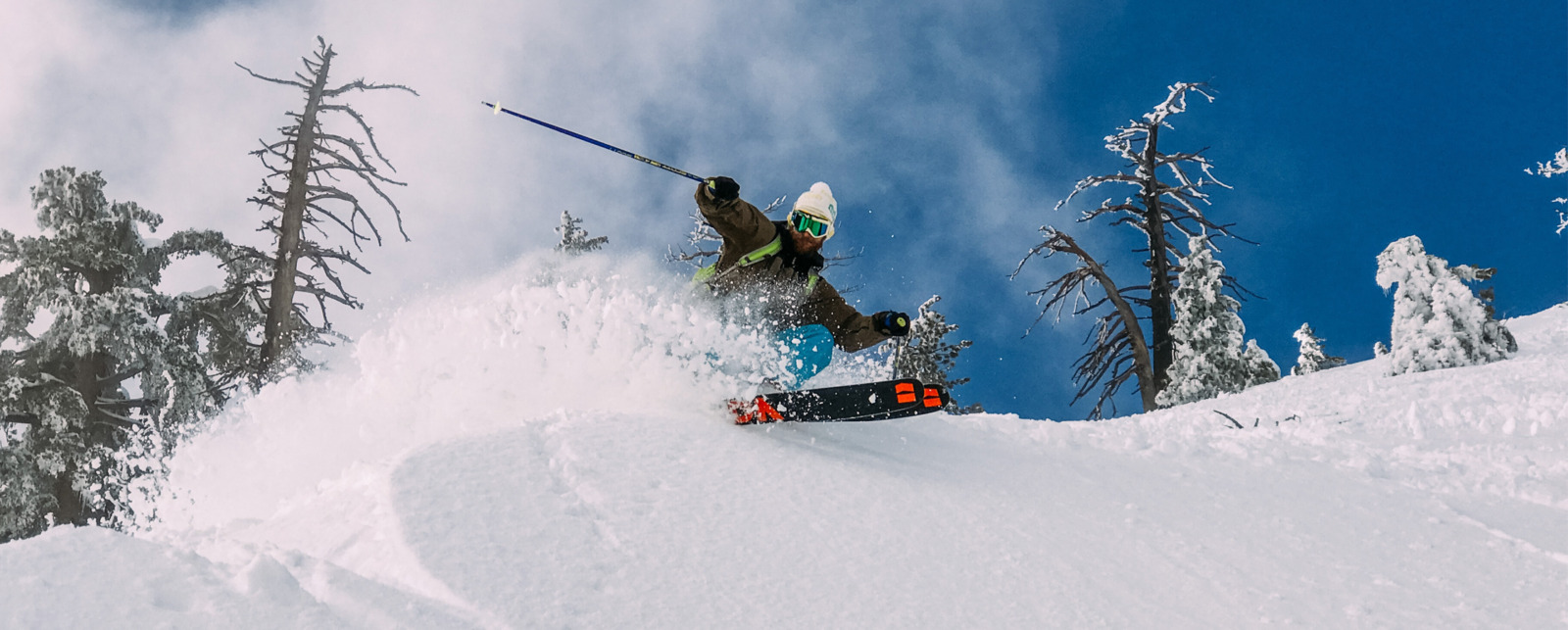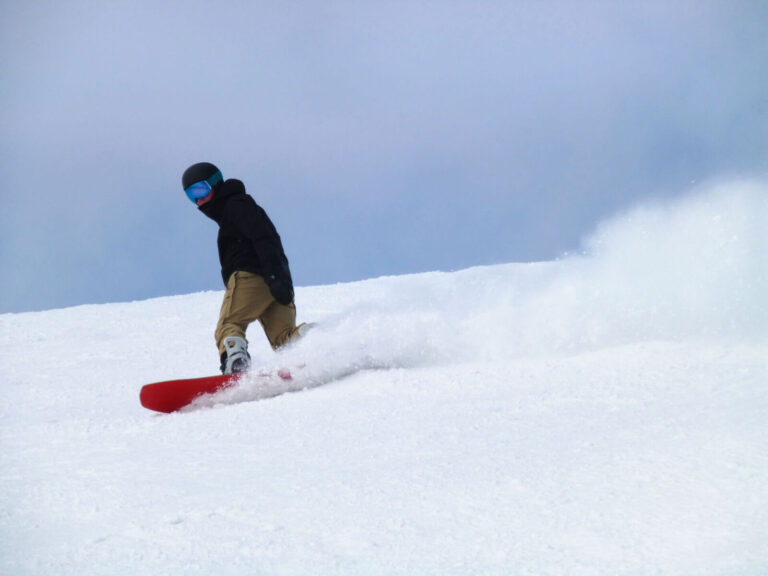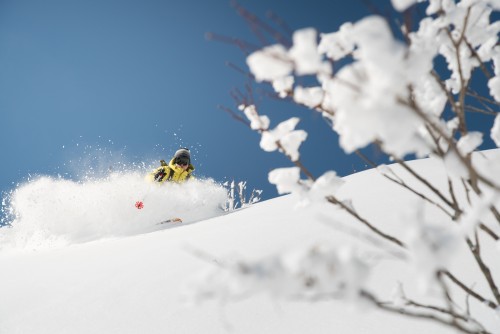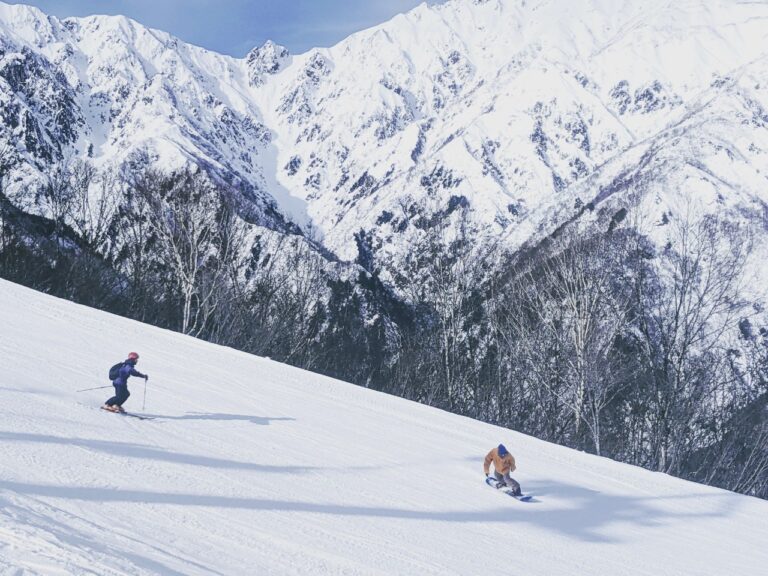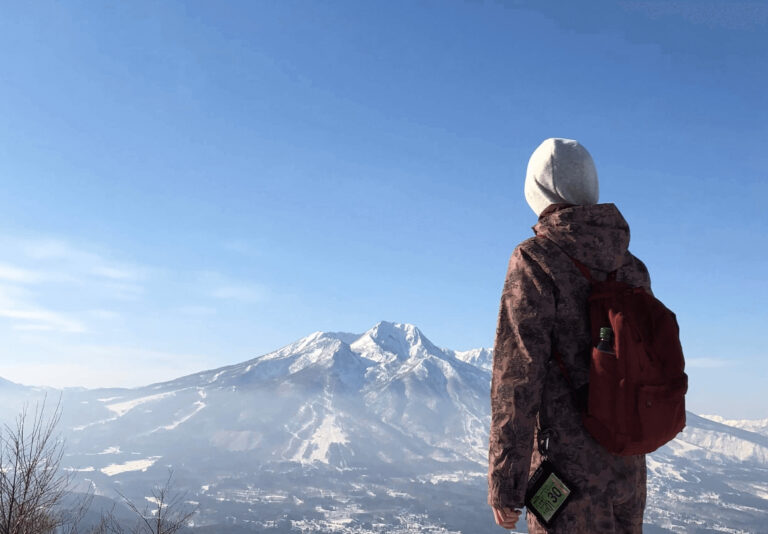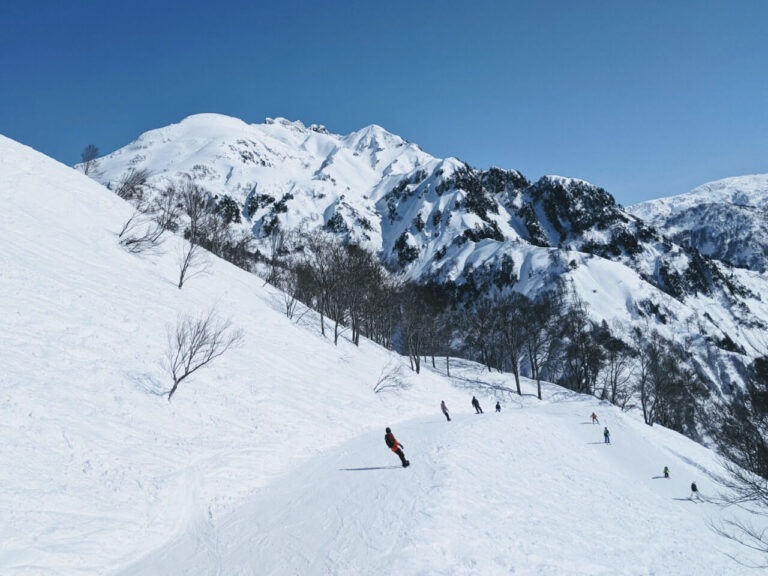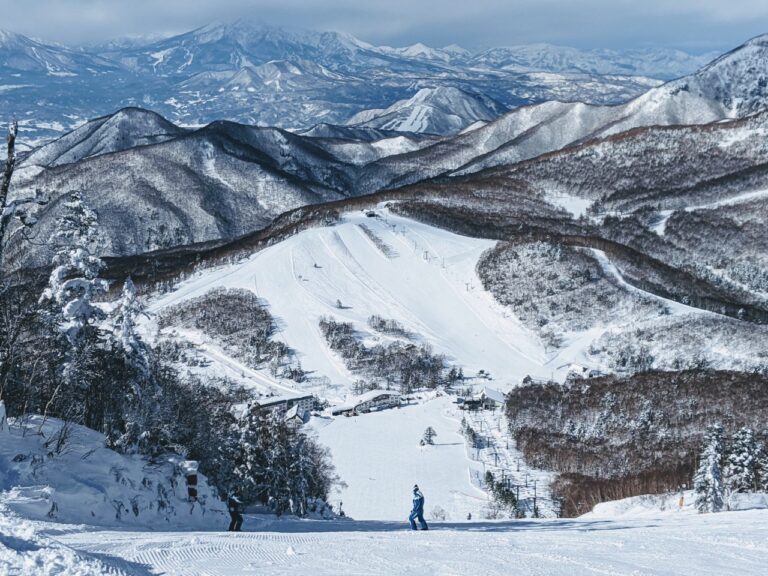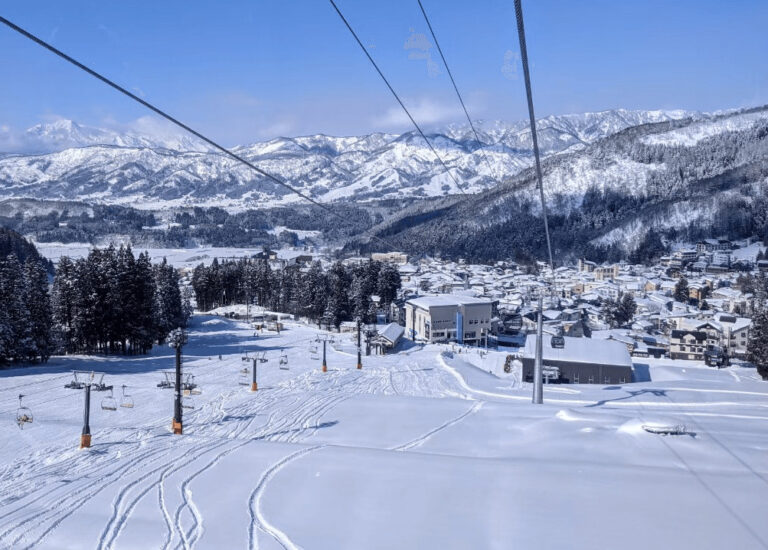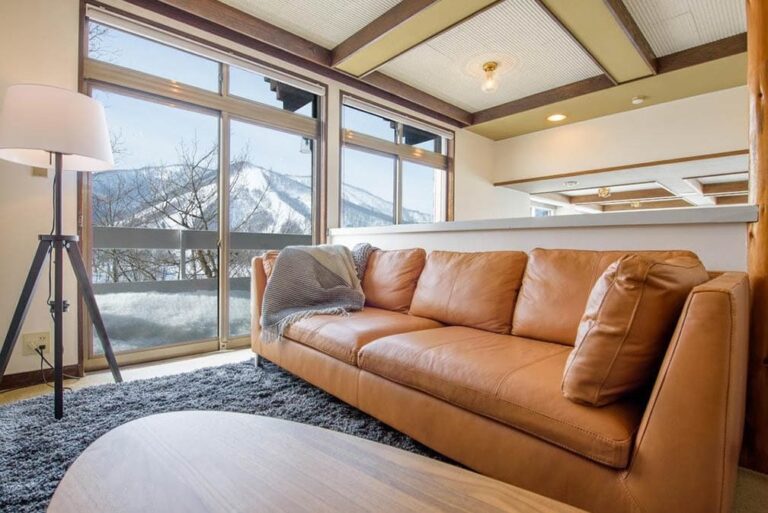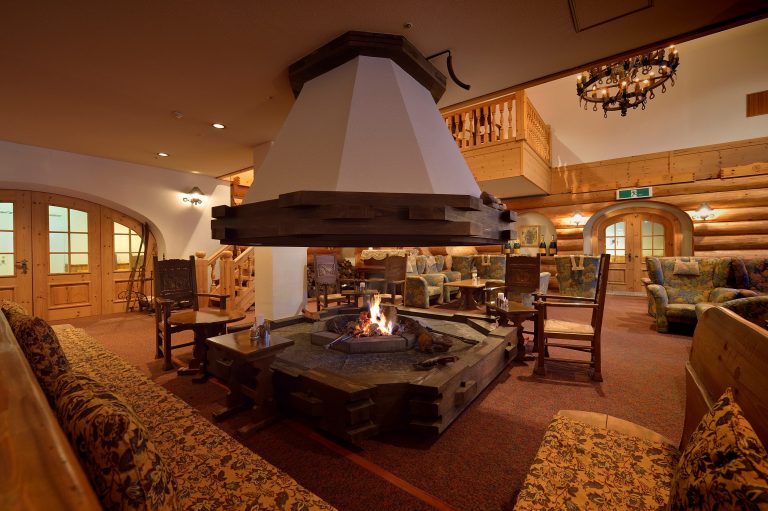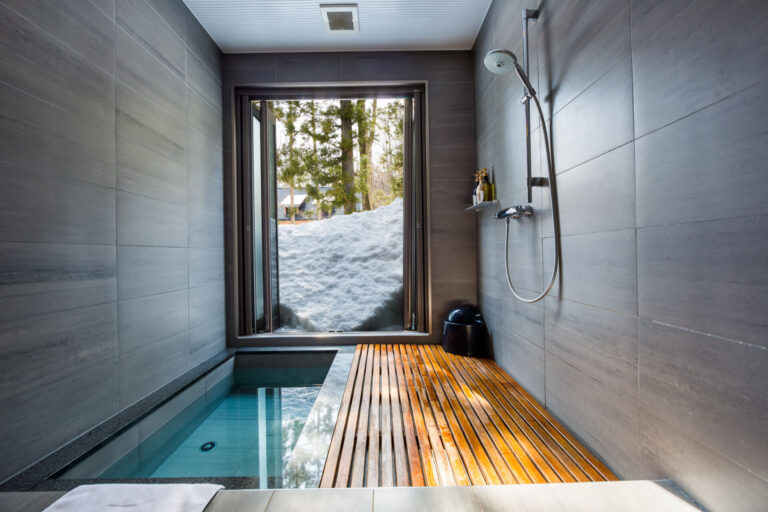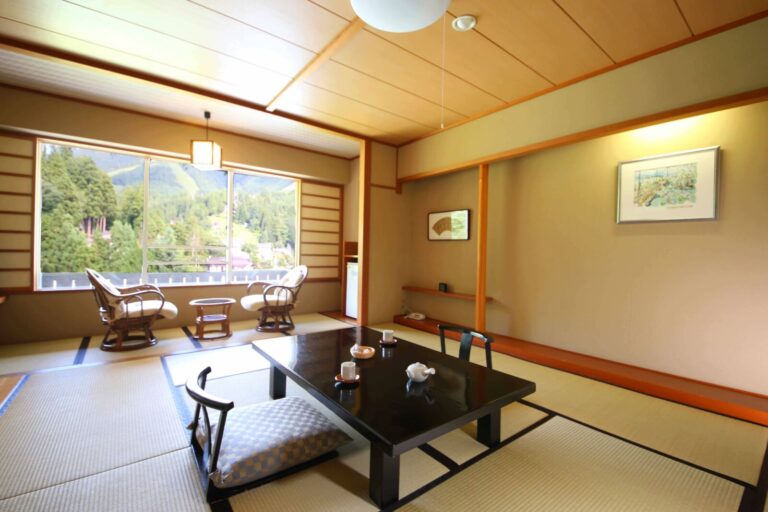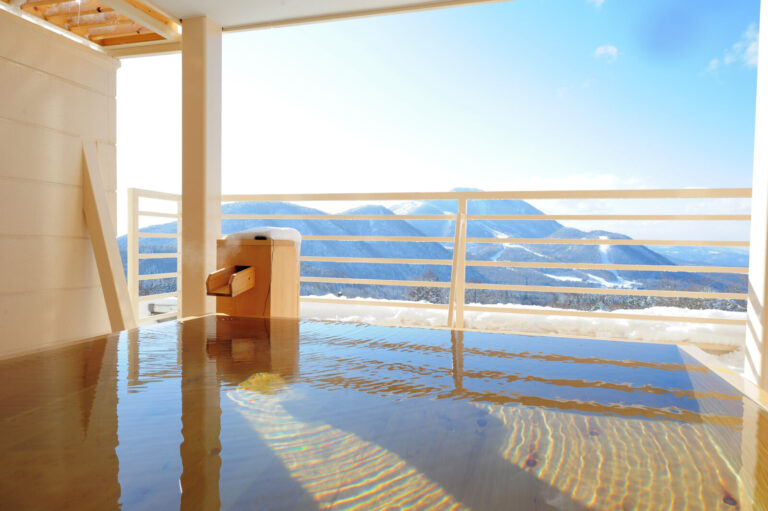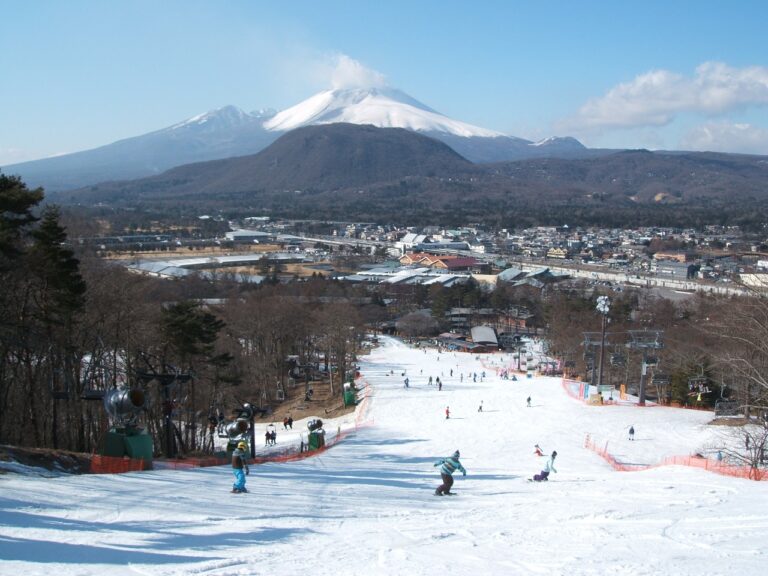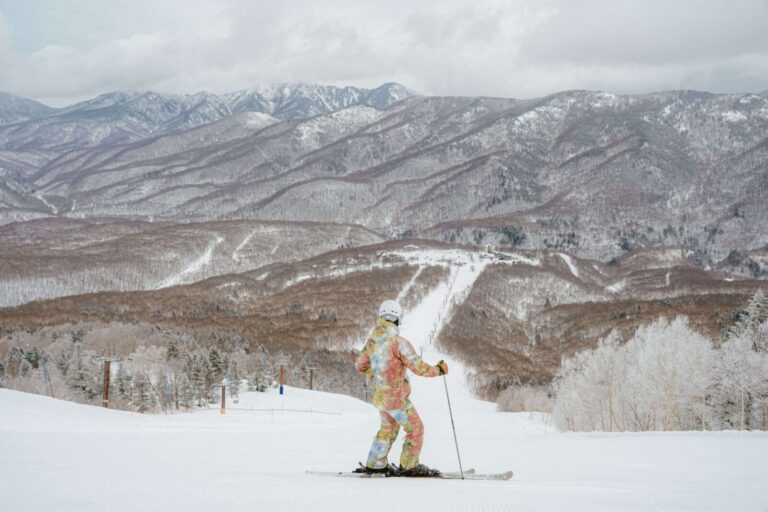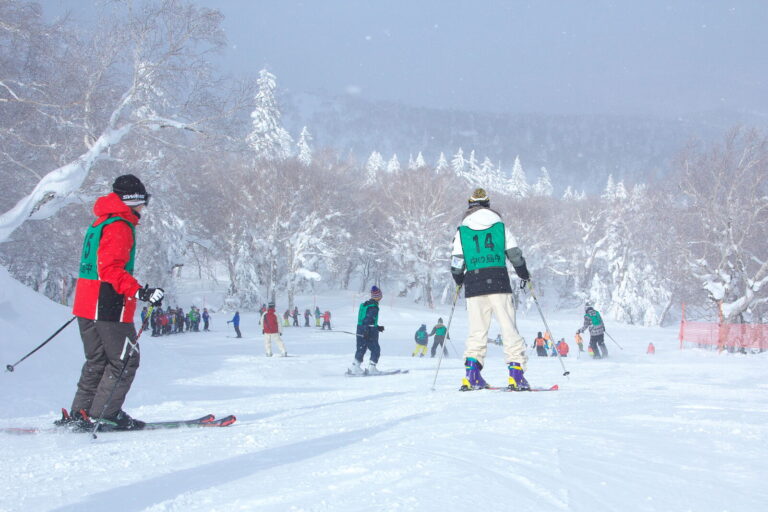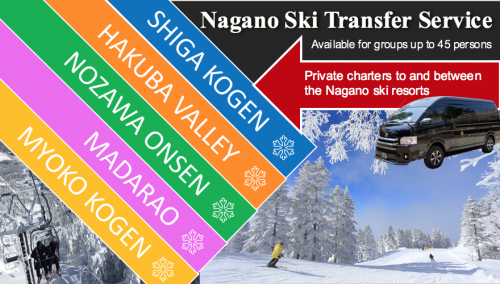Best Nagano Ski Resorts: Where to Go & Why in 2024/25
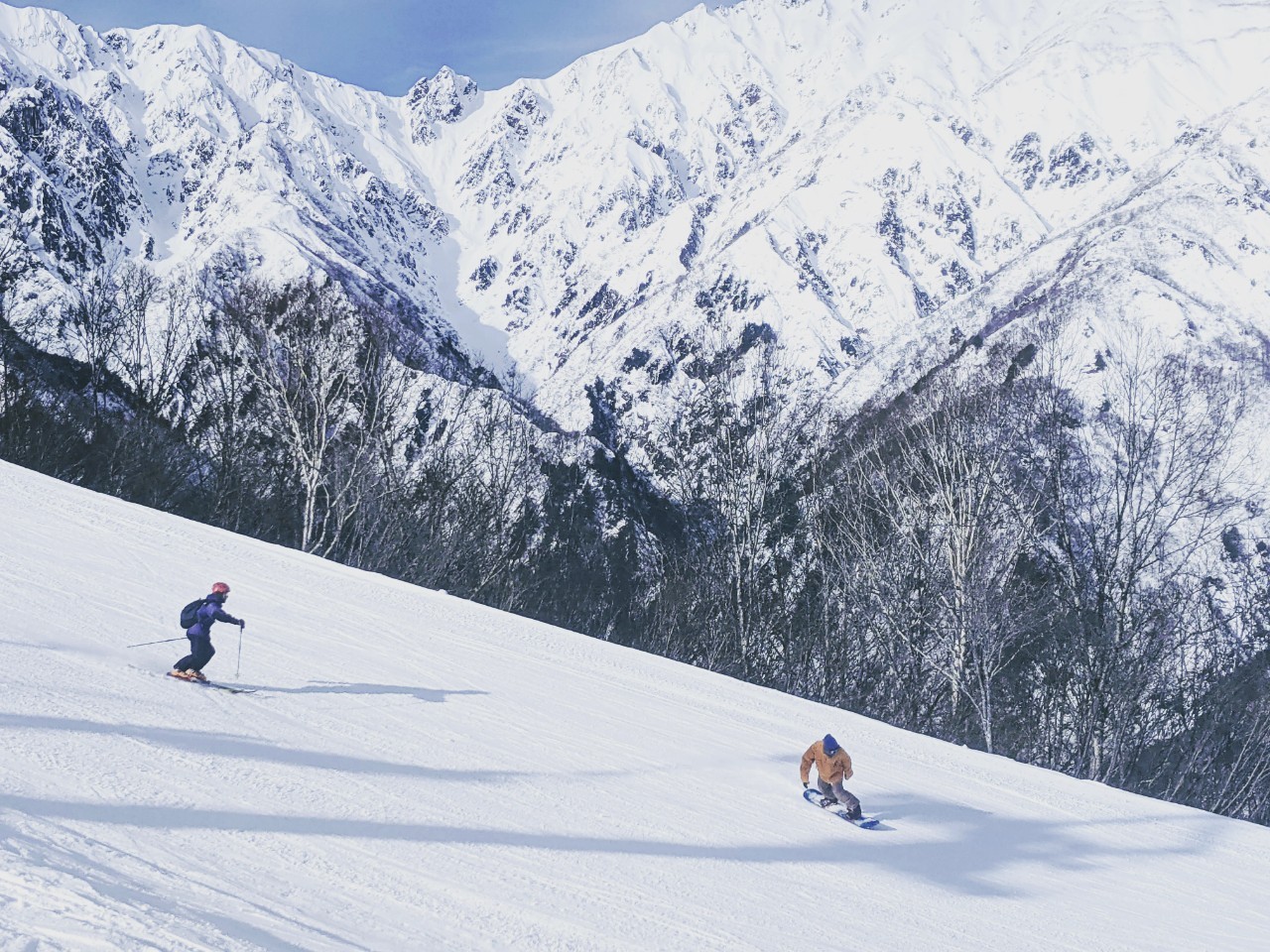
Nagano boasts both some of the best ski resorts in Asia and deepest powder in the world. Spoiled with choice when it comes to deciding which resort to go to, this page is here to help you answer the question, which Nagano ski resort is best? On this page you will find the following:
— Nagano Ski Resorts: An Introduction
— Nagano Ski Resorts: All the Stats
— Our Favourites: Top 5 Nagano Ski Resorts
— Nagano Ski Resort Comparison
— Best Onsen Ski Resorts in Nagano
— More FAQs: Which Nagano Resort is Best for You?
— Nagano Ski Packages & Accommodation
We hope the information on this page helps you to choose the best Nagano ski resort for you and encourages you to book your winter getaway for winter 2024/25. It’s one of many pages that discuss where you’ll find the best skiing and snowboarding across Japan, including our ’30 Best Ski Resorts in Japan’ page.
NAGANO SKI RESORTS: AN INTRODUCTION
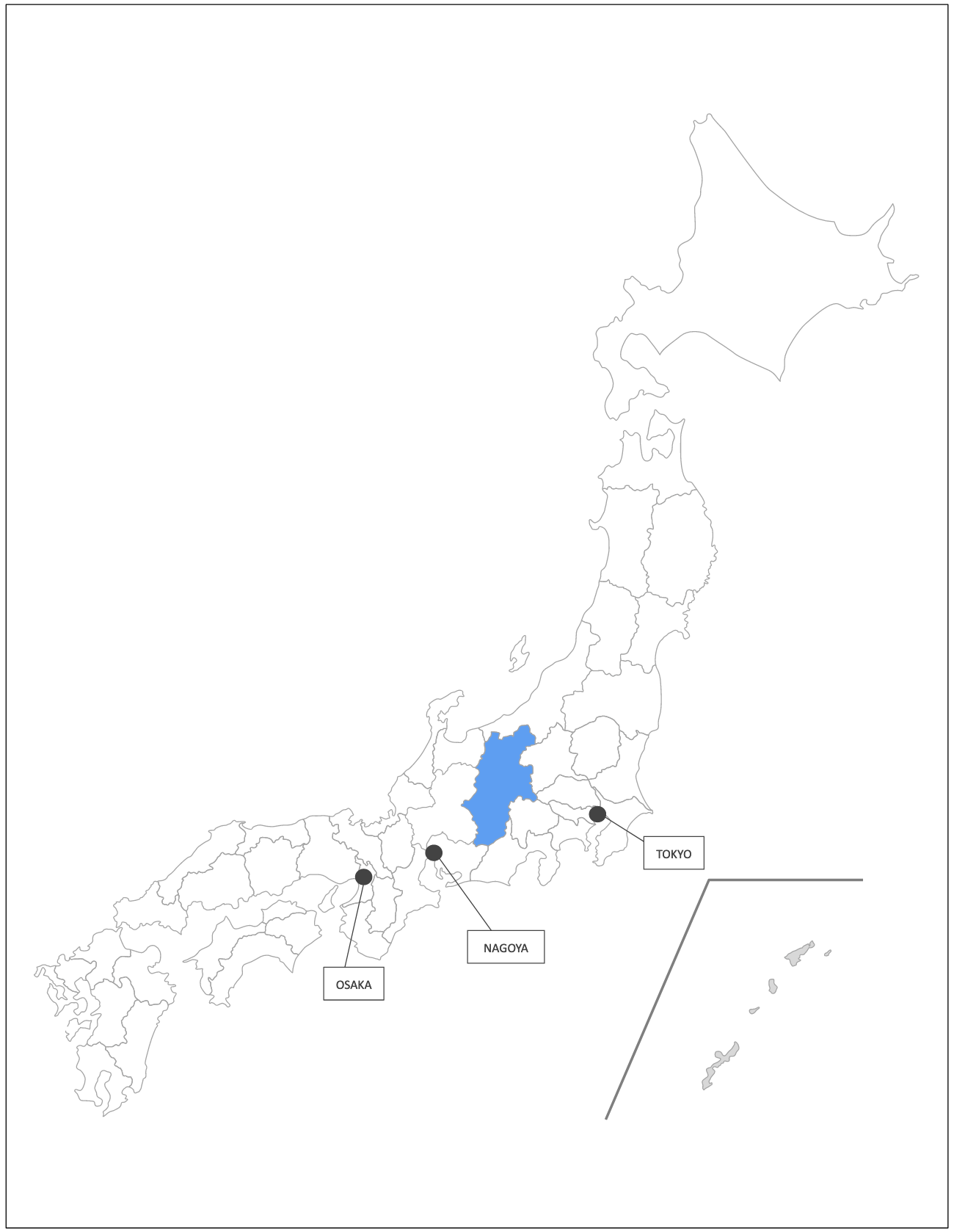
Lying to the north-west of Tokyo, Nagano prefecture boasts the largest number of resorts of any part of Japan. Host of the 1998 Winter Olympic Games, Nagano’s pedigree speaks for itself; attracting skies and snowboarders from all over the world each winter, who come seeking the region’s legendary powder, friendly resorts and all the trimmings including hot springs, great food and plenty of attractions nearby the resorts. Nagano rivals Hokkaido as Japan’s premier winter destinations and one of the most common questions skiers and snowboarders ask is ‘Which is better, Nagano or Hokkaido?’ The short answer is, both are great and you won’t be disappointed by choosing either Nagano or Hokkaido. The longer answer is that Nagano is our home therefore it’s our recommendation of the overall better destination. While Hokkaido is without question fantastic and you won’t regret if you head there, Nagano and nearby Niigata have the following advantages:
1 / MOST RESORTS IN JAPAN: Nagano has the most ski resorts in Japan – a total of 85. When combined with bordering Niigata, it has a huge number of ski areas to choose from – over 130 – giving skiers and snowboarders a huge amount of choice within easy access of Tokyo, Nagoya, Osaka and the major airports.
2 / AMAZING SNOW: the resorts of Nagano and Niigata receive a huge amount of snow each year and some of the best powder in the world. Sure, Hokkaido might have even more but trust us, you won’t be left wanting by the conditions here.
3 / BETTER WEATHER: Nagano and Niigata have better weather than Hokkaido. More snow in Hokkaido equals more days of heavy snowfall and white-out. Nagano and Niigata get plenty of snow but also have more bluebird days of big blue skies.
4 / HIGHER RESORTS, STEEPER TERRAIN: while the resorts of Japan don’t match those of Europe and North America for size and terrain, it can be said that the resorts of Nagano are generally higher, larger and steeper than those in Hokkaido. So if size and quality of terrain is important to you, then Nagano is the best option.
5 / MUCH, MUCH CLOSER TO TOKYO: Nagano and Niigata are easy to reach from Tokyo and its airports, using the Hokuriku Shinkansen and Joetsu Shinkansen lines – taking around 80-minutes to both Nagano Station and Echigo-Yuzawa Station, the major transport hubs for each region – or express buses and charters services from the major airports. In comparison, to take the train from Tokyo to Niseko – the most popular resort in Hokkaido – will take around 8-hours and cost around three times as much as the fare to Nagano. For that reason, many people choose to fly from Tokyo to Hokkaido. The flight from Tokyo to New Chitose Airport in Sapporo takes around 1.5 hours from where it’s another 2 to 3-hours to Niseko by bus or driving yourself. Nagano and Niigata are much, much closer to Tokyo and other major cities including Nagoya, Kyoto and Osaka allowing you to incorporate it into a wider Japan trip with ease.
For the reasons stated above we recommend choosing our home region of Nagano for your ski and snowboard adventure in Japan and THE FOLLOWING INFORMATION IS FOCUSED ON THE RESORTS OF NAGANO (& A COUPLE IN NIIGATA) ONLY. We hope the following information inspires and assists in planning your winter adventure.
NAGANO SKI RESORTS: ALL THE STATS
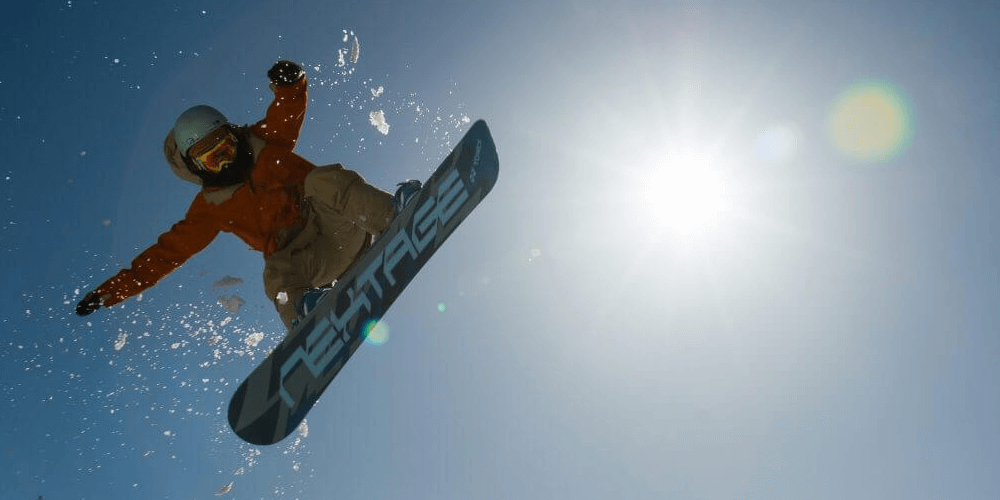

For international visitors, we recommend the following resorts in Nagano and Niigata. As the numbers below show, they vary in size and character but each offers its own reason for choosing to go there. For more detailed information, click on the hyperlink to the ski resort page for each:
| Resort | Size (hectares) | Elevation (metres) | Vertical (metres) | Gondolas | Lifts | Ski Runs | Beginner | Intermediate | Advanced | Longest Run | Steepest Run | Backcountry | Season |
|---|---|---|---|---|---|---|---|---|---|---|---|---|---|
| Shiga Kogen | 425 / 600* | 1330 - 2307 | 977 | 5 | 44 | 87 | 35% | 40% | 25% | 6KM | 36° | NO | November to April |
| Nozawa Onsen | 300 | 565 - 1650 | 1085 | 2 | 19 | 36 | 40% | 30% | 30% | 10KM | 39° | NO | December to April |
| Hakuba Happo-One | 220 | 760 - 1831 | 1071 | 1 | 23 | 14 | 30% | 50% | 20% | 8KM | 37° | YES | December to April |
| ABLE Goryu | 120 / 200** | 750 - 1676 | 926 | 1 | 11 | 15 | 35% | 40% | 25% | 5KM | 35° | YES | December to April |
| Hakuba47 | 80 / 200** | 820 - 1614 | 794 | 1 | 5 | 8 | 30% | 40% | 30% | 6.5KM | 32° | YES | December to April |
| Hakuba Iwatake | 125 | 750 - 1289 | 539 | 1 | 9 | 26 | 30% | 50% | 20% | 3.5KM | 35° | NO | December to March |
| Tsugaike | 196 | 800 - 1704 | 904 | 1 | 18 | 14 | 50% | 30% | 20% | 5KM | 35° | YES | December to April |
| Hakuba Cortina | 50 / 100** | 872 - 1402 | 530 | 0 | 6 | 16 | 40% | 30% | 30% | 3.5KM | 42° | YES | December to April |
| Hakuba Norikura | 50 / 100** | 700 - 1300 | 600 | 0 | 9 | 16 | 30% | 40% | 30% | 2.5KM | 38° | YES | December to April |
| Togakushi | 58 | 1300 - 1749 | 449 | 0 | 7 | 19 | 30% | 40% | 30% | 3KM | 31° | NO | December to March |
| Madarao | 75 / 125** | 910 - 1350 | 440 | 0 | 9 | 13 | 30% | 35% | 35% | 2.5KM | 36° | YES | December to March |
| Tangram Ski Circus | 50 / 125** | 800 - 1320 | 520 | 0 | 5 | 14 | 30% | 40% | 30% | 2.5KM | 35° | NO | December to March |
| Ryuoo Ski Park | 97 | 850 - 1930 | 1080 | 1 | 9 | 17 | 35% | 40% | 25% | 6KM | 39° | NO | December to April |
| Sugadaira Kogen | 175 | 1270 -1580 | 310 | 0 | 19 | 36 | 20% | 60% | 20% | 4KM | 36° | NO | December to April |
| Akakura Onsen | 54 / 115** | 650 - 1200 | 550 | 0 | 14 | 17 | 50% | 30% | 20% | 3KM | 38° | YES | December to April |
| Akakura Kanko | 61 / 115** | 740 - 1500 | 760 | 1 | 6 | 10 | 40% | 30% | 30% | 4.5KM | 32° | YES | December to April |
| Ikenotaira | 60 | 760 - 1500 | 740 | 0 | 6 | 10 | 35% | 45% | 20% | 4KM | 30° | NO | December to March |
| Suginohara | 90 | 731 - 1855 | 1124 | 1 | 4 | 16 | 40% | 40% | 20% | 8.5KM | 38° | YES | December to March |
| Seki Onsen | 17 | 900 - 1210 | 310 | 0 | 2 | 4 | 20% | 50% | 30% | 1.5KM | 38° | YES | December to April |
| Lotte Arai | 157 | 329 - 1280 | 951 | 1 | 4 | 15 | 25% | 40% | 35% | 5KM | 38° | YES | December to April |
*the official size of Shiga Kogen Ski Resort is around 600 hectares however this includes three areas – Kumanoyu, Shibutoge and Yotokeyama – that while covered by Shiga Kogen’s all-mountain pass are not connected to the overall resort. Discounting those three areas, Shiga Kogen offers 425 hectares of connected terrain – the most of any resort in Japan.
**this resort is connected to the resort listed directly above or below. The first number display shows the hectare size of the resort while the second number reflects the combined size of the two resorts.
OUR FAVOURITES: TOP 5 NAGANO SKI RESORTS
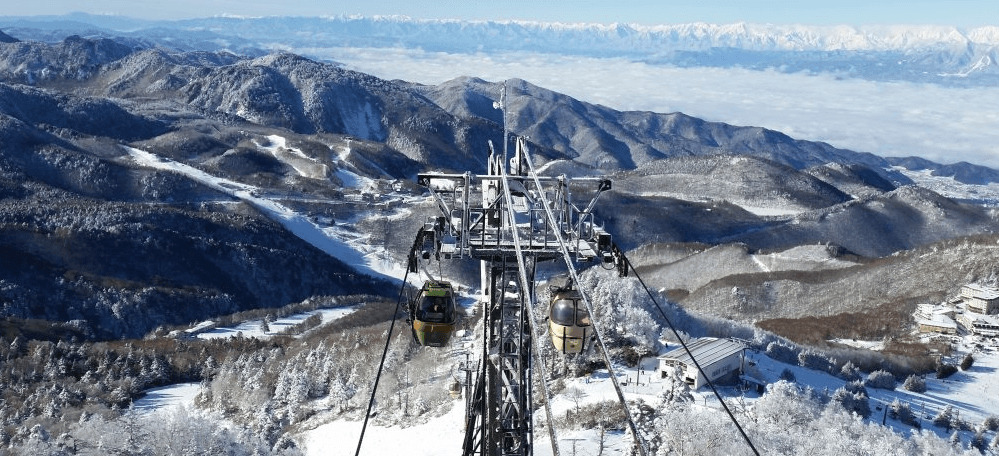

Home to more than eighty ski resorts and host of the 1998 Winter Olympics,, Nagano spoils visitors for choice when it comes to enjoying Japan’s legendary powder. The table above lists the stats for what we consider the best resorts in Nagano and Niigata however if we were asked to name our absolute favourites, we consider these to be the best ski resorts in Nagano (in no particular order):
SHIGA KOGEN
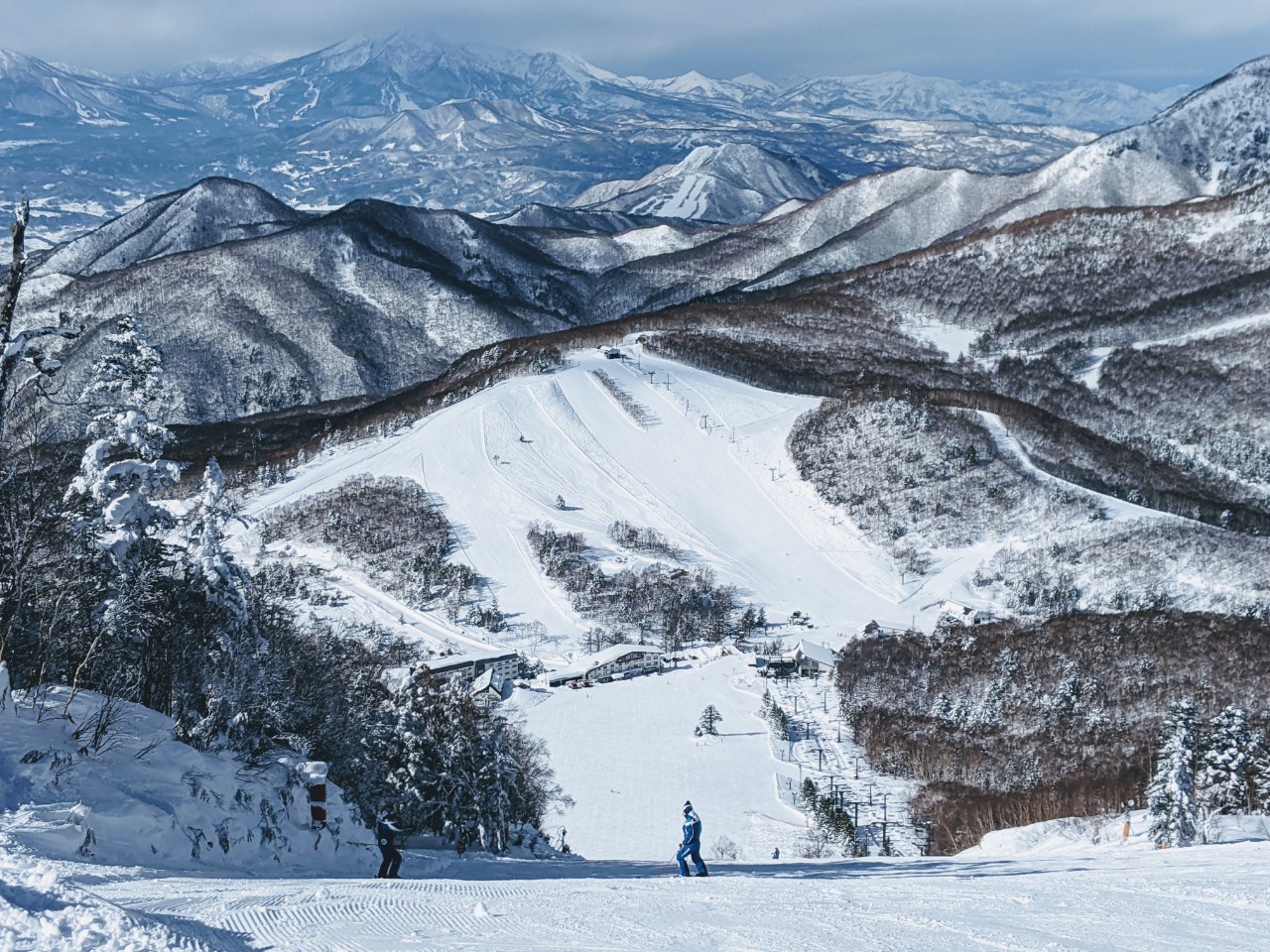
Shiga Kogen Ski Resort is Japan’s largest and highest ski resort. Shiga offers 600 hectares of terrain, of which around 425 hectares is fully connected, serviced by 5 gondolas and 43 lifts. Including Japan’s highest chair-lifted ski run at 2307 metres, Shiga’s inland position, elevation, natural topography protects the snow from the wind and warmer temperatures of lower areas, blessing it with Nagano’s longest season. The highest areas of the resort can open as early as mid-November and, in a good year, stay open as late as May. Expect the full resort to be open from late-December until early-April and while there, look-out for the Olympic courses that hosted events in 1998. Due to it’s National Park status and limitation on further development, Shiga Kogen can’t match the nightlife and high-end accommodation of the other resorts including Nozawa Onsen and Hakuba, but if you’re looking for a resort that will keep you exploring and busy for days on end, then this is the resort for you. For accommodation listings, see our ‘Shiga Kogen Area’ hotel page.
NOZAWA ONSEN
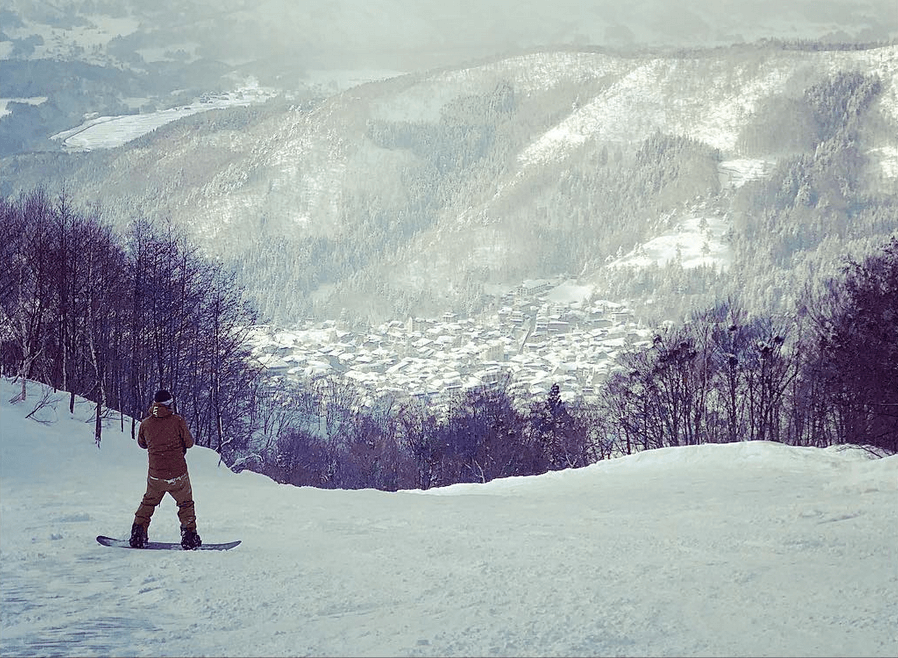
Nozawa Onsen is one of the most popular and highly-rated ski resorts in Japan. The resort is reasonably large by Japanese standards, covering 300 hectares and serviced by 2 gondolas and 19 lifts. The mix of terrain is excellent with something for everyone along with a reputation for fantastic powder. Serviced by a lively village offering plenty of good accommodation, restaurants and bars, Nozawa Onsen’s popularity is growing by the year, fuelled by the allure of great skiing and snowboarding, a fun village and lots of onsen – see below for further details. For accommodation listings, see our ‘Nozawa Onsen Area’ hotel page.
HAKUBA
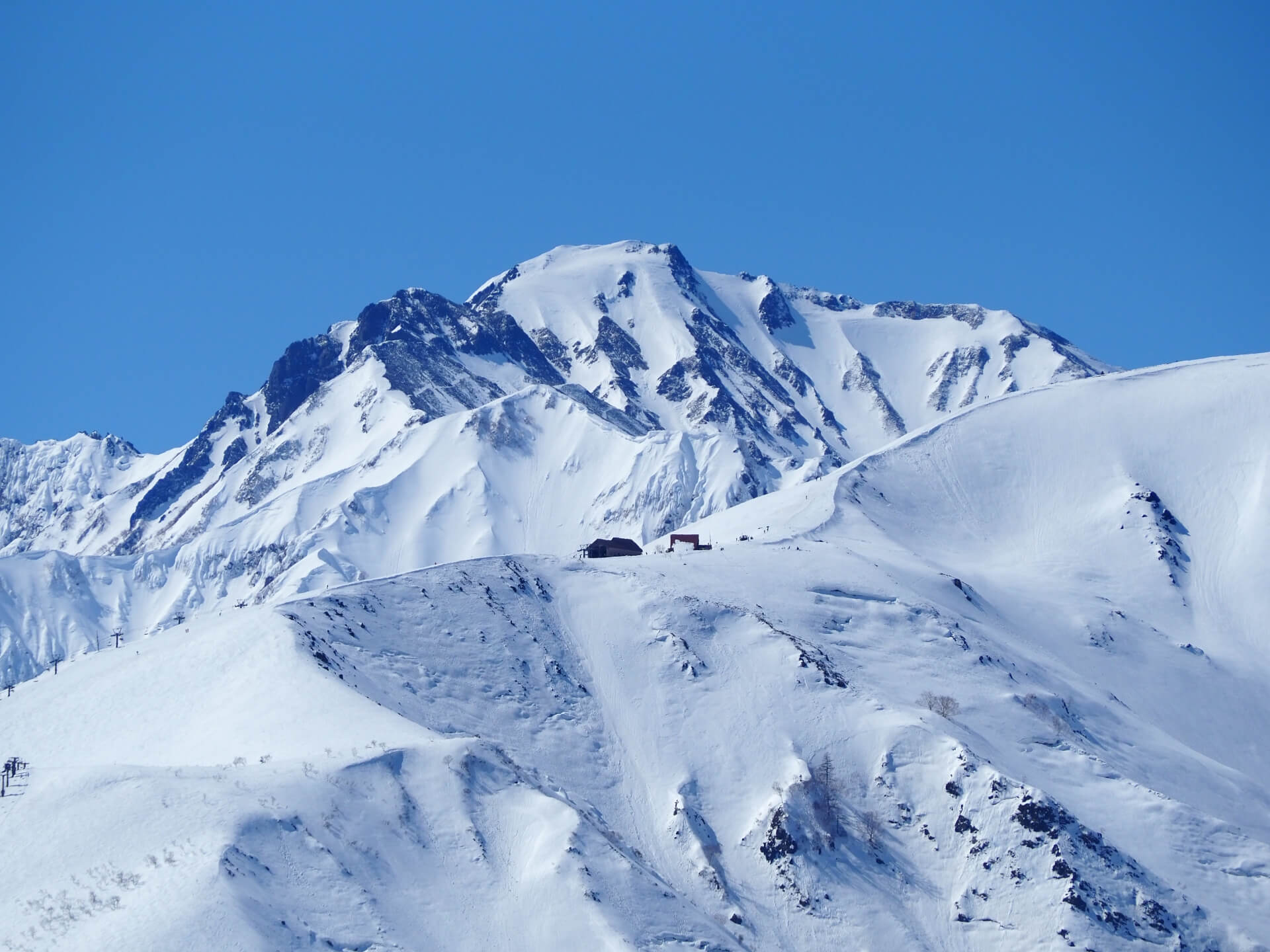
Often referred to as ‘Hakuba Valley’, the area runs north to south between the foothills of the Hida Mountains – often called the ‘North Alps’ – on its western border. On that side of the valley, the majority of Hakuba’s ski resorts are ascend into the mountains attracting visitors from all over the world each winter. Hakuba Valley claims to be the largest ski resort in Japan however it is important to note that collectively, the ten resorts in the area make-up the largest extent of terrain in the country however, only a couple of the resorts are connected meaning that you need to use a bus or drive between them. For accommodation listings, see our ‘Hakuba Area’ hotel page.
MADARAO, RYUOO, and KIJIMADAIRA
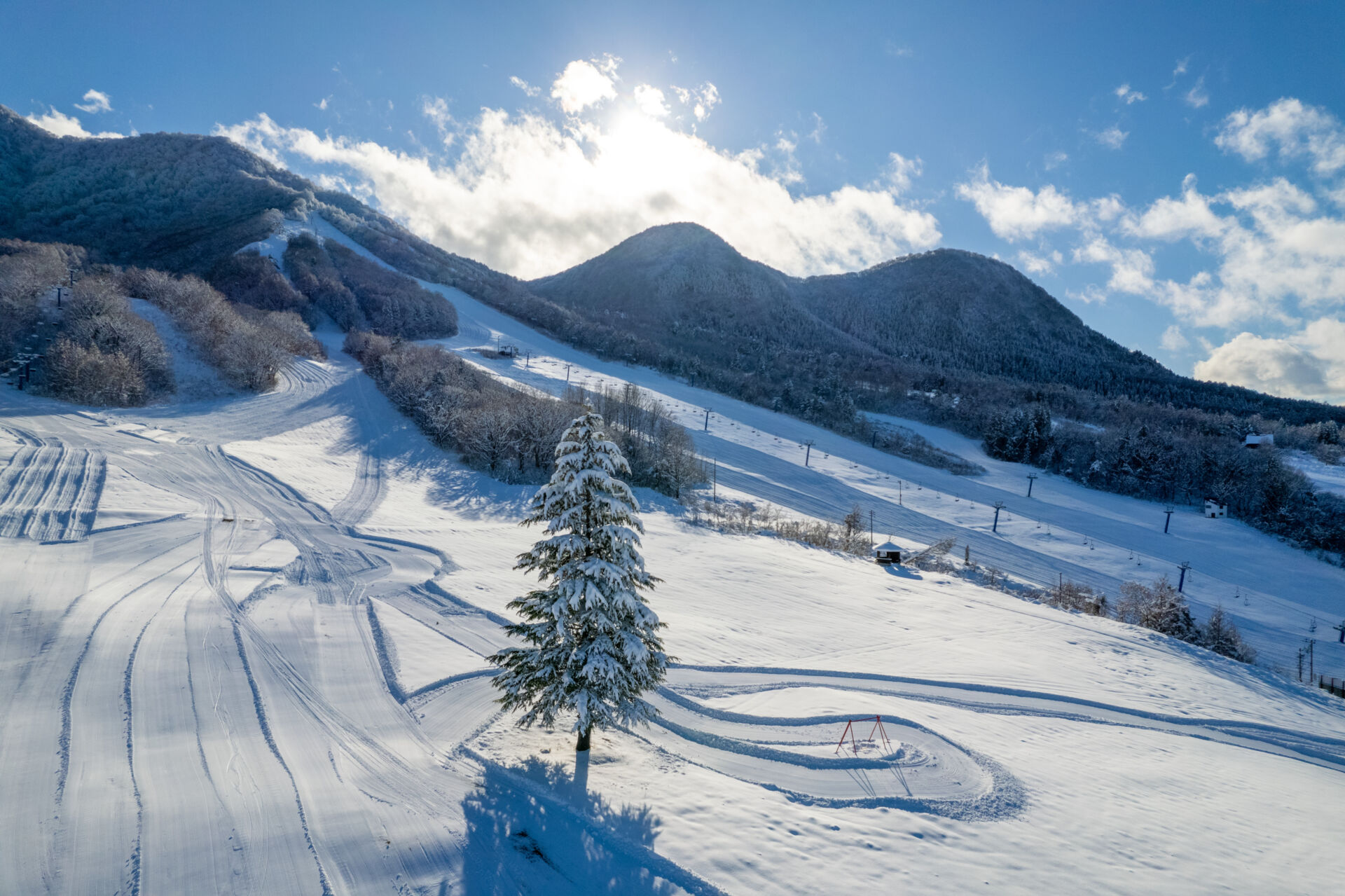
The Madarao, Ryuoo and Kijimadaira area is one of the nearest and most accessible ski areas in Nagano, with just about a 100 minute ride (depending on the specific train use choose) on the Hokuriku Shinkansen from Tokyo to Iiyama station via Nagano station. The ski resorts of Ryuoo and Kijimadaira especially are almost unknown to international visitors and most certainly overlooked, the resorts in the area attract few foreign visitors but remain very popular with locals, who come each winter to enjoy great snow conditions. While the area doesn’t offer a lively nightlife atmosphere like the other major ski resorts in Nagano, it is an ideal destination for visitors who wish to experience an authentic Japanese winter. For accommodation listings, see our ‘Madarao, Kijimadaira & Ryuoo Area’ hotel page.
AKAKURA ONSEN / KANKO
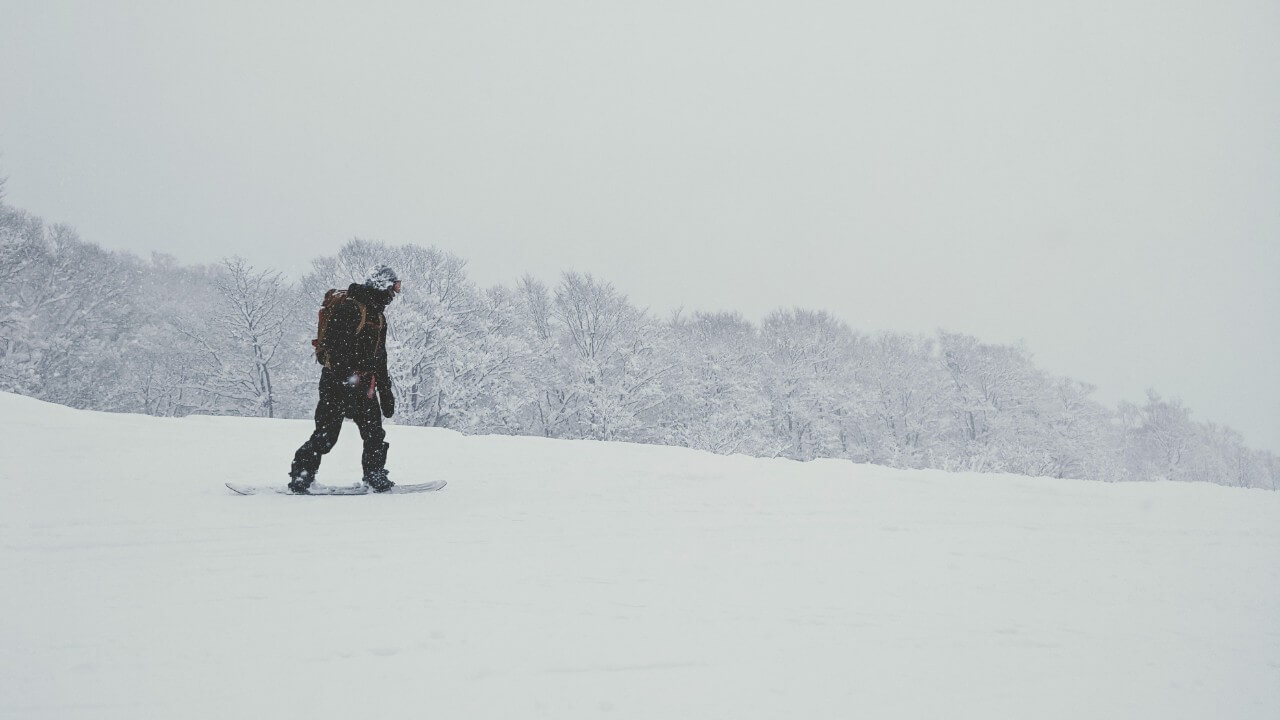
As the largest ski area in Myoko Kogen, Akakura Onsen Ski Area and Akakura Kanko Ski Resort are in fact located in Niigata but given they are most easily accessed using rail services via Nagano Station, they are most easily considered as part of the Nagano grouping of resorts. There are multiple resorts in the area but Akakura Onsen / Kanko is the pick of the bunch. The combined resort has around 27 ski runs of mixed terrain. Newbies and beginners will love all the green runs in Akakura Onsen while intermediate and advanced boarders and skiers should head up-top including over to Akakura Kanko and through themselves down some very steep terrain, typically full of massive amounts of powder. Blessed with some of the deepest powder in the world and excellent backcountry, Akakan isn’t as developed as the larger resorts of Nagano nor does it have the nightlife of Nozawa or Hakuba but if you’re all about eating-up some truly epic powder, then Akakan and Myoko are for you! For accommodation listings, see our ‘Myoko Kogen Area’ hotel page.
NAGANO SKI RESORT COMPARISON
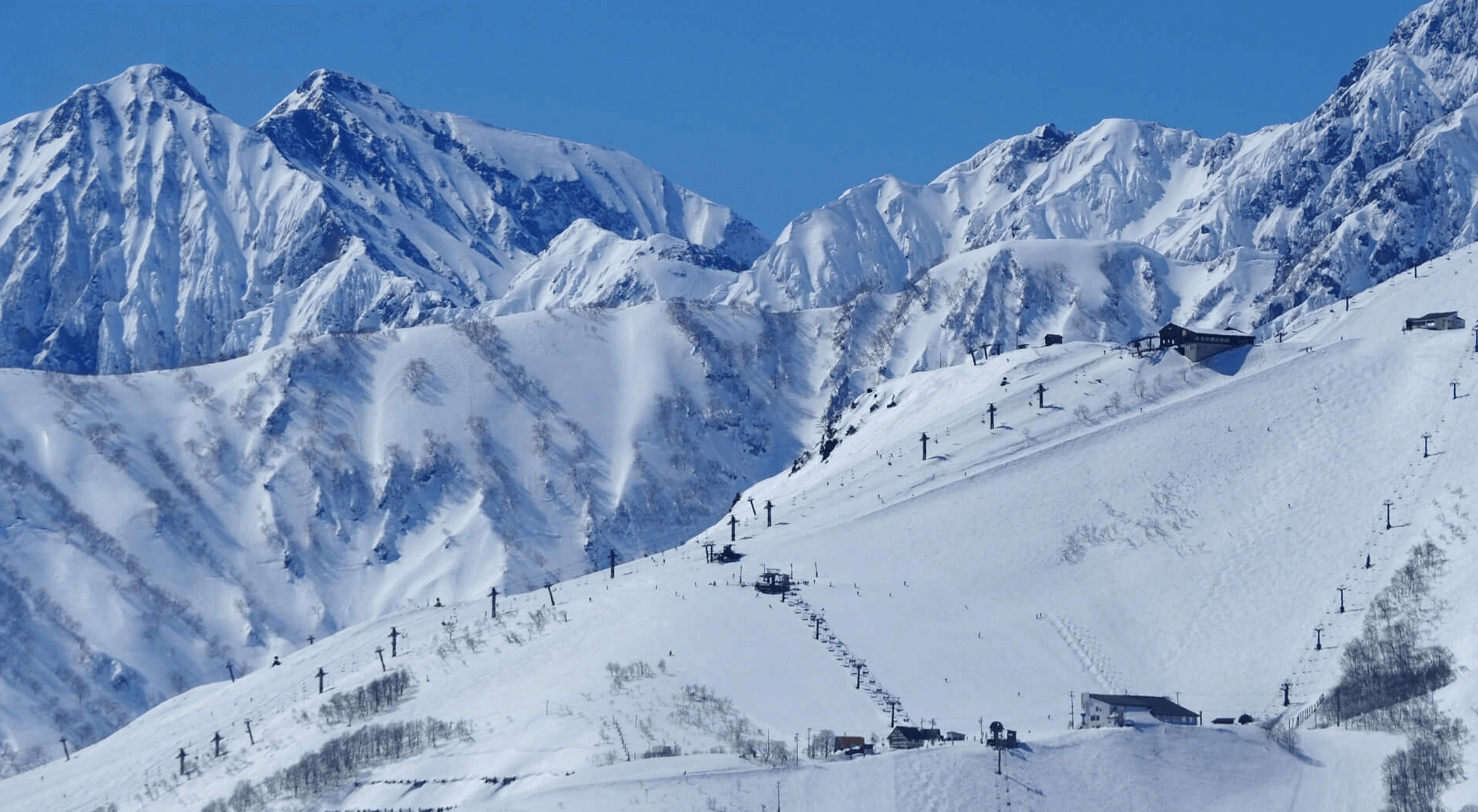

The resorts listed above each have their own appeal – ranging from the large to small, those known for their terrain, powder, backcountry, accommodation, nightlife and more. While international visitors head to all resorts, most land at the higher profile ski areas of Hakuba Valley, Shiga Kogen, Nozawa Onsen and Myoko Kogen. We compare those resorts including:
HAKUBA vs NISEKO* — HAKUBA vs SHIGA KOGEN — HAKUBA vs NOZAWA ONSEN — SHIGA KOGEN vs NOZAWA ONSEN — HAKUBA vs MYOKO KOGEN — SHIGA KOGEN vs MYOKO KOGEN
*Though Niseko is not located in Nagano – indeed its located far, far away in Hokkaido – we start with perhaps the most common question for visitors choosing their Japan ski resort – which is best, Hakuba or Niseko? This question could also be asked as which is best, Nagano or Hokkaido? After that, we focus of questions comparing the most popular ski resort areas in Nagano and Niigata.
HAKUBA vs NISEKO
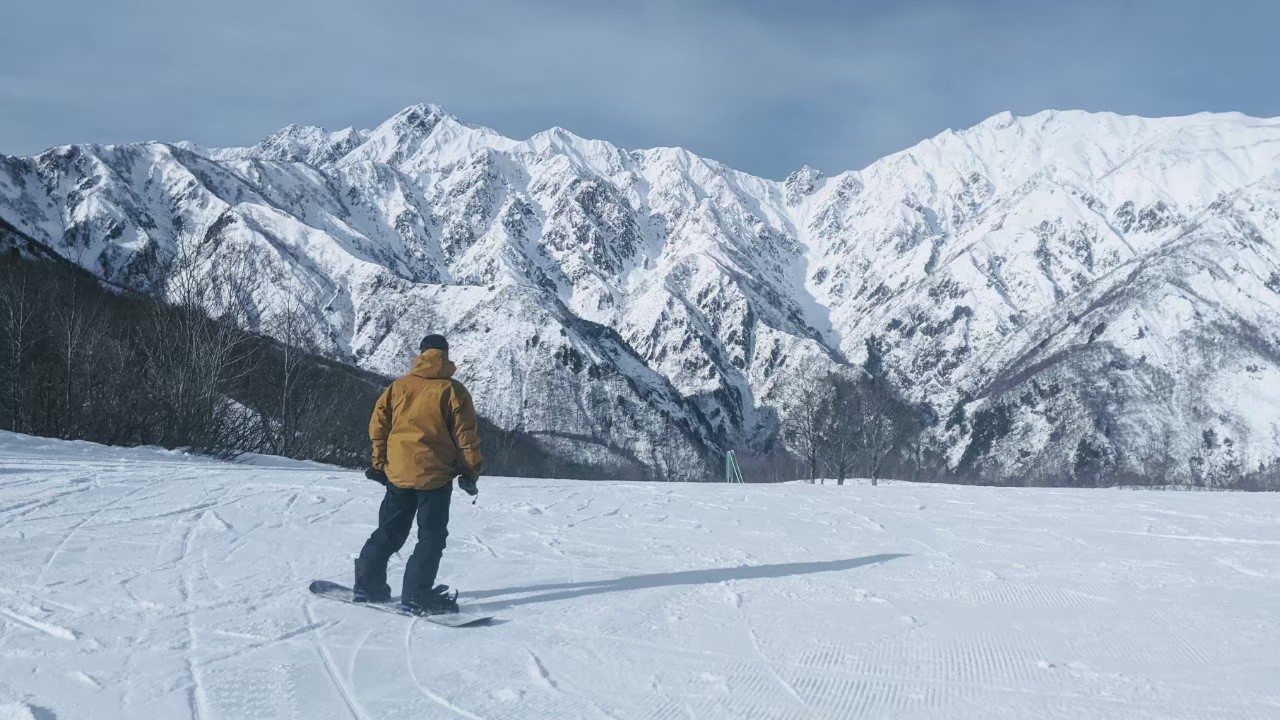

As the most popular ski resorts in Nagano and Hokkaido respectively, this for many visitors is the big question and one that could also be framed as ‘should I choose Nagano or Hokkaido?’. Firstly, when people speak of ‘Hakuba’ or ‘Hakuba Valley’ they are usually referring to a grouping of 10 resorts covered by the ‘Hakuba Valley Ticket’, and when speaking of ‘Niseko’ or ‘Niseko United’ they are referring to a grouping of 4 resorts covered by an all-mountain pass.
Which is bigger?
In total, the resorts of Hakuba add-up to over 1000 hectares of terrain and advertises itself as Japan’s largest ski resort however this misleading as most ski areas are not connected. Hakuba Happo-One is the largest resort in the valley offering around 220 hectares of interconnected terrain. The connected resorts of ABLE Goryu and Hakuba47 – pictured above – offer around 200 hectares of terrain while the standalone resorts of Tsugaike – 200 hectares – and Iwatake – 125 hectares – are the next largest. All this means that the largest extent of connected terrain you can enjoy in Hakuba, without the need to get on a shuttle bus or use a taxi, equals 220 hectares. In comparison, the four resorts of ‘Niseko United’ – Grand Hirafu, Niseko Village, Annupuri and Hanazono – add-up to 325 hectares of interconnected terrain. So, while Hakuba offers more terrain in total, Niseko offers a larger amount of interconnected terrain.
Which has better snow / terrain?
Located on the northern island of Hokkaido, Niseko enjoys a longer season and more snow than Hakuba. Indeed, plenty of people will tell you that Hokkaido’s powder is the best the world and for that reason, Niseko is always a great choice. Hakuba still gets plenty of amazing and enticingly, more bluebird days than Niseko. It also boasts the better and steeper terrain. Both of them have excellent backcountry. Which one suits you best depends on your priorities including the question:
Which has the best accommodation / is most fun at night?
Hakuba and Niseko offer the best range of accommodation and après-ski of any ski areas in Nagano or Hokkaido. They are the most international resorts with the best setups for international visitors. In terms of high-end accommodation and the most dining and nightlife options, Niseko remains the strongest ski destination in Japan – with Grand Hirafu and Niseko Village standing-out for their range of hotels, restaurants, bars and more. Hakuba also offers plenty of excellent accommodation and an increasing amount of dining and après-ski with lots to choose from around Hakuba Village and nearby Echoland.
HAKUBA vs SHIGA KOGEN
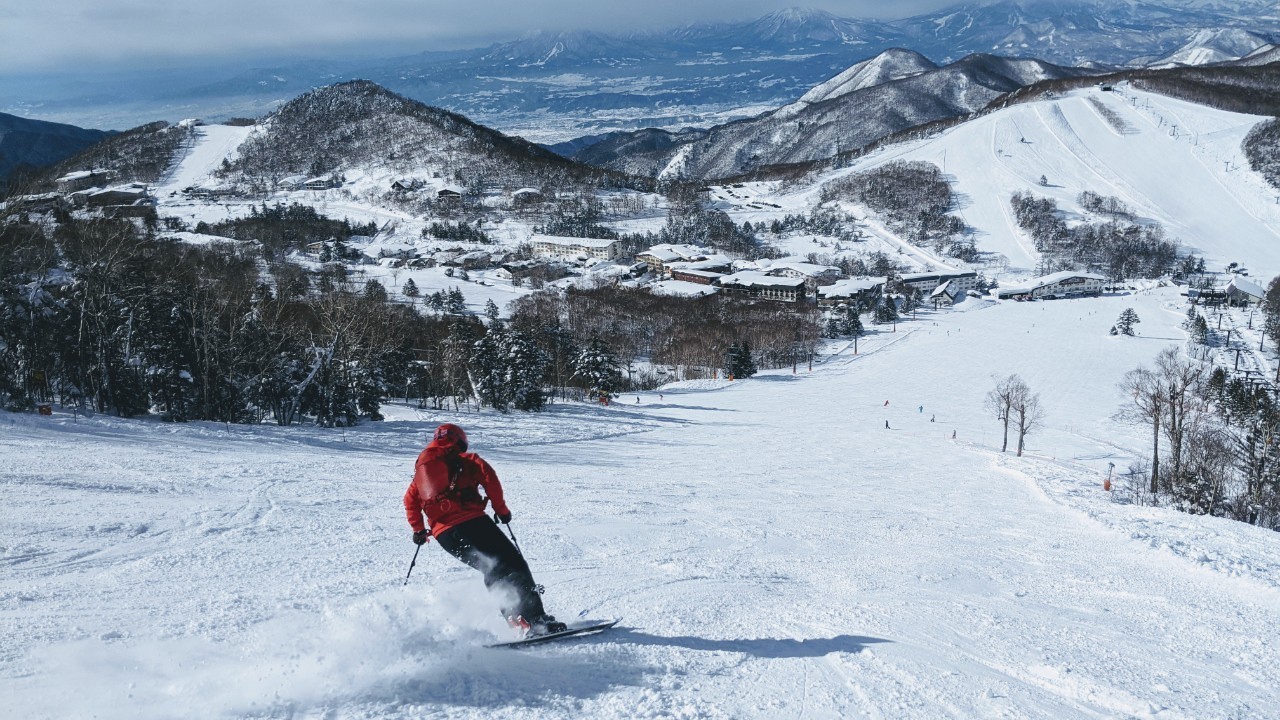

While the resorts of Hakuba are Nagano’s best-known, recent years have seen more-and-more international visitors discover Shiga Kogen Ski Resort – pictured above. Located around 2 hours to the east of Hakuba Valley, Shiga Kogen is Japan’s largest and highest ski resort. It enjoys Nagano’s longest season and has the most reliable snow – thanks to its elevation and inland location – of any resort in Nagano. Let’s start be clarifying the most common question:
Which is bigger?
As detailed above, the 10 resorts of Hakuba Valley offer over 1000 hectares of terrain however the greatest extent of interconnected terrain is only 220 hectares. In contrast, Shiga Kogen Ski Resort offers a total of around 600ha of terrain with 15 of Shiga 18 ski areas connected and offering Japan’s largest extent of connected terrain at 425ha. Only Kumanoyu, Yokoteyama and the small ski field of Shibutoge are not connected to the rest of the resort, requiring visitors to drive or use the resort’s shuttle bus or taxi to reach them. Therefore, if you want to know which resort offers the most skiable terrain without needing to get on a bus, in a taxi or need to drive yourself to another area, the answer is simple. Shiga Kogen is not just larger than Hakuba but also the largest resort in Japan.
Which has better snow / terrain?
Shiga sits between 1330 to 2307 metres above sea level and as such, is Japan’s highest ski resort. It enjoys Nagano’s longest season and thanks to its higher elevation and topography, Shiga is enjoys the region’s most reliable snow. Located closer to the coast, Hakuba typically experiences more snow than Shiga but a shorter season than Shiga Kogen. However, if going steep and getting off-piste is your thing, Hakuba is the better option. It boasts steeper and more challenging terrain than Shiga Kogen including some of Japan’s best backcountry. At this time, backcountry in Shiga is only permitted when accompanied by a guide.
Which has the best accommodation / is most fun at night?
Hakuba has a better range of accommodation including high-end and self-contained options, than Shiga Kogen and has notably more nightlife. Shiga has plenty of good accommodation and a limited number of bars and restaurants around Ichinose Village, however Hakuba offers much, much more in that regard.
HAKUBA vs NOZAWA ONSEN
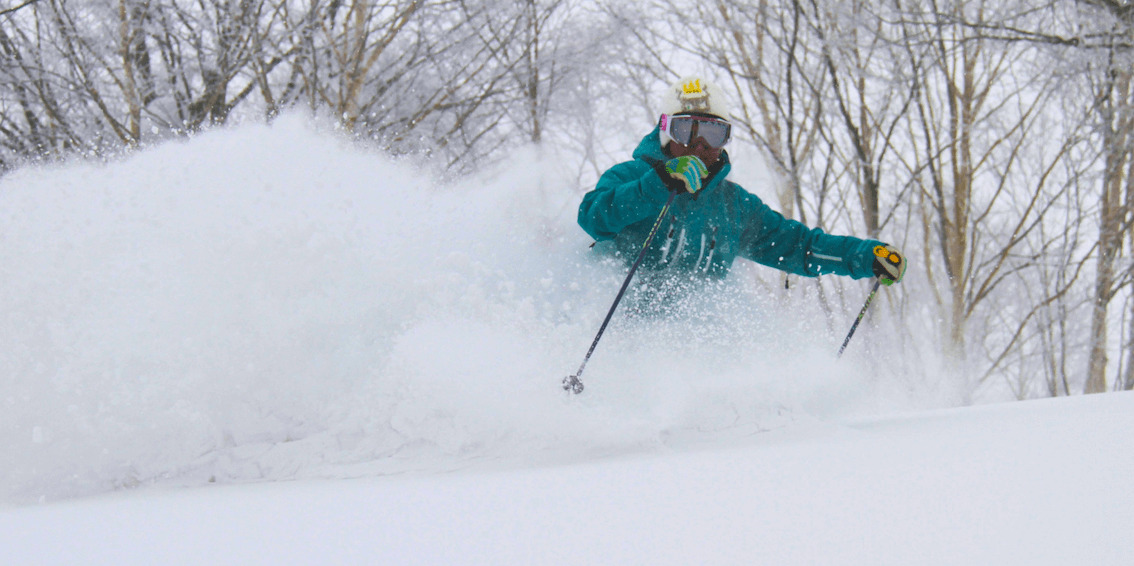

One of Japan’s best all-round resorts, Nozawa Onsen – pictured above – sits around 2 hours to the east of Hakuba. It has a big reputation for fantastic powder, great terrain and just as much fun off the mountain. With more-and-more high-end accommodation popping-up each season and lots of good dining and bars, Nozawa Onsen rivals the most popular resorts of Hakuba.
Which is bigger?
Nozawa Onsen offers 325 hectares of terrain, more than any single ski area in Hakuba Valley. As detailed above, Hakuba Happo-One Snow Resort is the largest connected ski area in Hakuba Valley at 220 hectares while the connected resorts of ALBE Goryu and Hakuba47 offer around 200 hectares of terrain. Tsugaike also offers 200 hectares while Iwatake offers 125 hectares. These and the other resorts of Hakuba add-up to over 1000 hectares of terrain – all covered by the ‘Hakuba Valley Ticket’ – however Nozawa Onsen offers more as a single, connected ski area.
Which has better snow / terrain?
Both enjoy fantastic powder and excellent terrain. Hakuba resorts including Happo-One, ABLE Goryu and the Hakuba Cortina offer some of Japan’s steepest and best terrain – while Nozawa Onsen boasts one of Japan’s longest ski runs at 10km. Hakuba and Nozawa typically receive huge snowfall and comparable powder. A big point of difference between the two is that while having some excellent tree zones and sidecountry, backcountry is not permitted at Nozawa Onsen whereas Hakuba offers some of Japan’s best.
Which has the best accommodation / is most fun at night?
Nozawa Onsen is a historic hot spring village sitting at the base of the ski fields. It offers lots of great accommodation including ‘ryokan’ (traditional guesthouses) with their own hot springs and an increasing number of high-end self-contained options. Hakuba has a bit more in terms of accommodation including large, high-end hotels and fine dining venues, but Nozawa Onsen’s compact streets and traditional character combine to give it lots of charm that’s hard to beat.
SHIGA KOGEN vs NOZAWA ONSEN
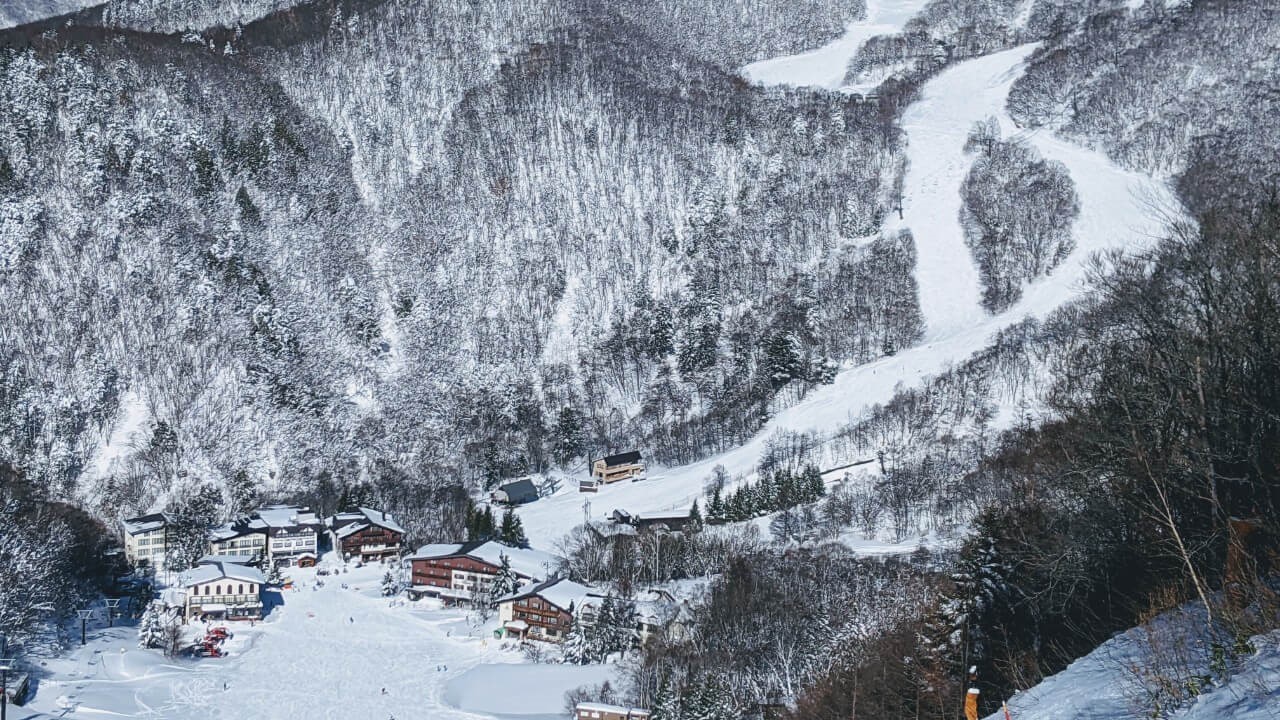

Shiga Kogen and Nozawa Onsen lie around 1 hour from each other, meaning both can easily be enjoyed on a multiday visit. They offer some of Japan’s best skiing and snowboarding but each with its own character and positives. Nozawa is all about combining great powder, terrain and après-ski while Shiga suits anyone wanting to focus fully on the snow and enjoy Japan’s largest area of interconnected ski fields.
Which is bigger?
Shiga Kogen – pictured above – is Japan’s largest ski resort offering 600 hectares of terrain of which around 425 hectares is connected. In comparison, Nozawa Onsen offers 325 hectares of terrain making it another of Japan’s largest resorts but notably smaller than Shiga.
Which has better snow / terrain?
Shiga Kogen’s higher altitude and profile as Japan’s highest ski resort – sitting between 1330 to 2307 metres – means that it enjoys Nagano’s longest season and most reliable snow. Nozawa is notably lower elevation – at 565 to 1650 metres – however its location closer to the coast than Shiga means it typically receives heavier snowfall and some of Nagano’s best powder. Nozawa Onsen also boasts one of Japan’s longest ski runs at 10km and overall, a fantastic mix of terrain. In short, both resorts are excellent and are well-suited to multiday visits.
Which has the best accommodation / is most fun at night?
Nozawa Onsen has more to offer when it comes to accommodation and nightlife. It offers a mix of hotels, traditional guesthouses and self-contained options with many including their own ‘onsen’ (natural hot spring). In addition, it has plenty of restaurants and bars that you can wander between and ‘bar-hop’ at night, whereas Shiga Kogen has no central village and limited dining and drinking options a night. Most visitors to Shiga package meals with their accommodation and focus fully on the snow. If the action off the slopes is important to you, then Nozawa Onsen is the better option.
HAKUBA vs MYOKO KOGEN
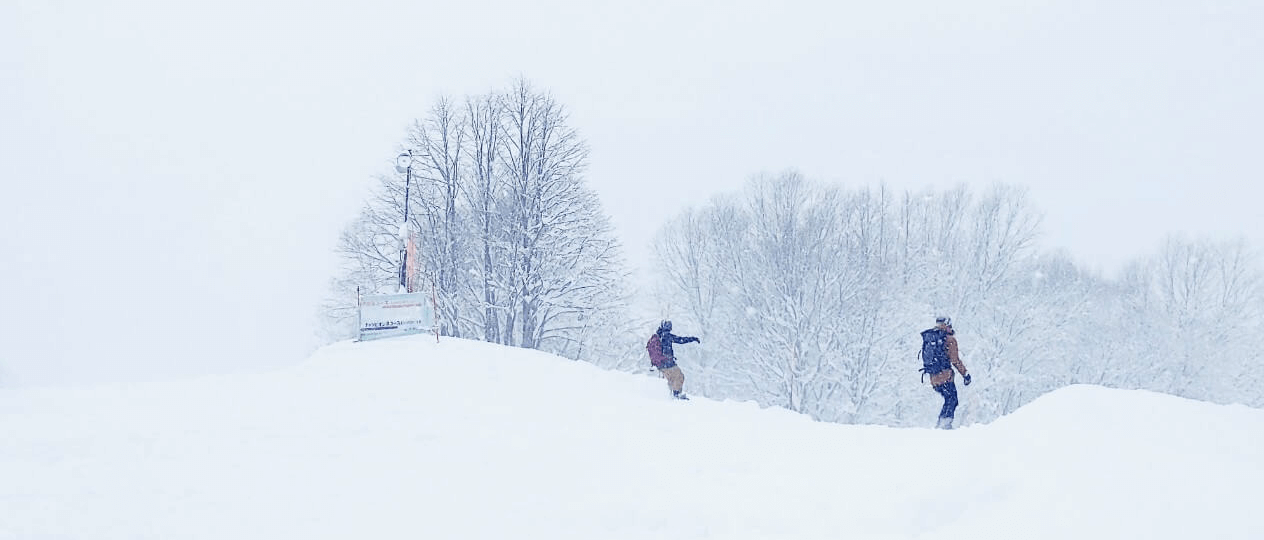

The grouping of ‘Myoko Kogen’ is, like Hakuba, comprised of multiple resorts known for their deep, deep powder and authentic character. When considering Myoko, it’s worth noting that while it’s located in the southern end of Niigata Prefecture, given its proximity to the resorts of Nagano and access via Nagano Station, it can be considered together with resorts including Hakuba, Shiga Kogen and Nozawa.
Which is bigger?
Hakuba Valley is notably bigger than Myoko Kogen. When people refer to ‘Myoko Kogen’ they are typically referring to five resorts – Akakura Onsen, Akakura Kanko, Ikenotaira, Suginohara and Seki Onsen – with some also grouping the relatively new Lotte Arai Resort within the grouping. The connected resorts of Akakura Onsen – 54 hectares – and Akakura Kanko – 61 hectares / pictured above – combine to offer 115 hectares, the largest extent interconnected of terrain in Myoko which offers just around 300 hectares in total*. Hakuba Happo-One is the largest resort in Hakuba offering 220 hectares of terrain, with the connected resorts of ABLE Goryu and Hakuba47 offering around 200 hectares and the total size of Hakuba’s 10 resorts adding-up to over 1000 hectares.
Which has better snow / terrain?
Myoko Kogen’s location near the north coast results in huge dumps of snow as the winter weather moves across the Sea of Japan from Siberia. Even in a less-reliable season, Myoko is almost guaranteed to have big snow with most seasons being truly big as it experiences some of the deepest powder in the world. The resorts of Myoko make the most of their powder, offering some of Japan’s best treezones, side and backcountry. Hakuba’s powder, terrain and backcountry is also excellent and the resorts have better infrastructure and setups for international visitors.
Which has the best accommodation / is most fun at night?
This is an easy one. The answer is Hakuba. Hakuba has a huge range of accommodation catering to all budgets including high-end and self-contained options, and dining and nightlife. Myoko Kogen is far less developed with few high-end accommodation options and limited dining and drinking options. Therefore if you want to wine, dine or party, choose Hakuba. But if you fancy going more local and getting into the really deep stuff, Myoko Kogen might just be for you.
*Lotte Arai Resort is sometimes included within Myoko Kogen grouping. Offering 157 hectares, it is larger than the connected resorts of Akakura Onsen / Kanko. If you included Lotte Arai in the Myoko grouping, in brings the total terrain size to 439 hectares.
SHIGA KOGEN vs MYOKO KOGEN
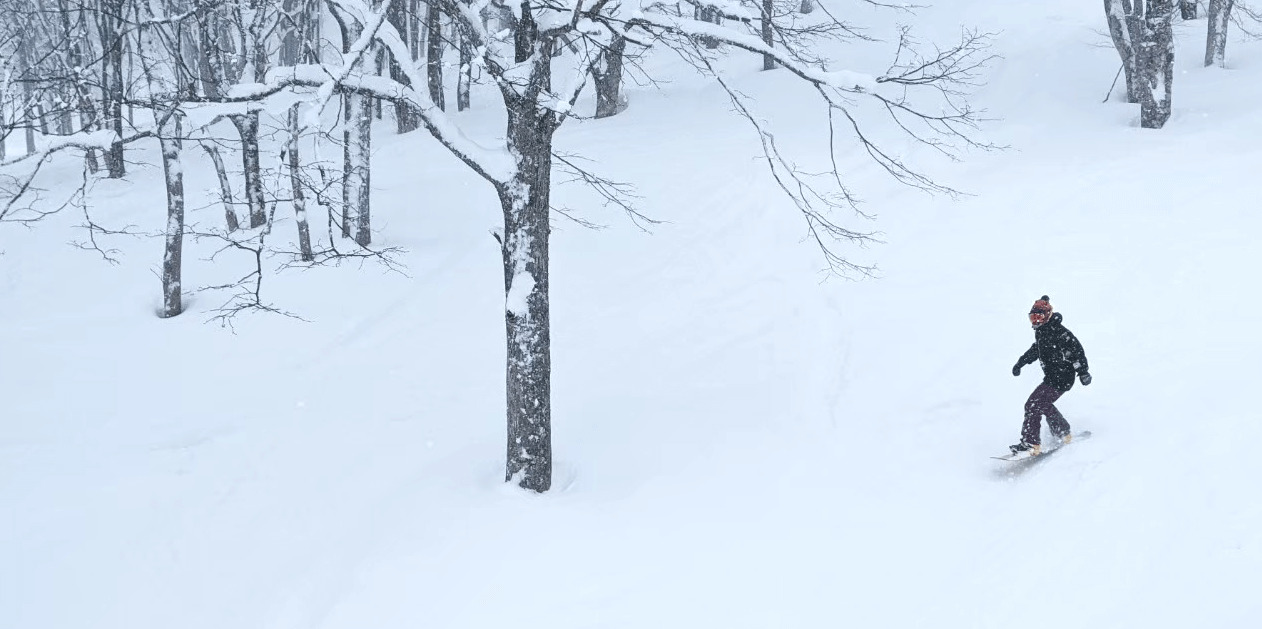

Shiga Kogen Ski Resort and the resorts of Myoko Kogen – pictured above – sit around 1 hour from each other, allowing visitors to visit both areas when enjoying an extended stay in Nagano. If you’re trying to choose between the two destinations, Shiga Kogen is significantly larger than any ski area in Myoko however Myoko experiences more powder. The resorts of Myoko also allow backcountry whereas Shiga Kogen only allows backcountry when accompanied by a guide.
Which is bigger?
As noted above, Shiga Kogen is Japan’s largest ski resort. It offers visitors 600 hectares of terrain, 425 of which is interconnected. In contrast, the five resorts usually grouped within Myoko Kogen – Akakura Onsen, Akakura Kanko, Ikenotaira, Suginohara and Seki Onsen – add-up to only 282 hectares with the connected resorts of Akakura Onsen and Kanko offering the largest expanse of interconnected terrain at 115 hectares. So, in terms of size, Shiga Kogen wins hands-down.
Which has better snow / terrain?
The resorts of Myoko Kogen receives some of the heaviest snow in Japan and as such, lays claim to some of the deepest powder in the world. Located near the north coast, Myoko Kogen also receives its snow earlier and more regularly than inland resorts such as Shiga Kogen which receives less but drier snow. As noted above, Shiga Kogen offers substantially more terrain all of which is covered by an all-mountain pass. The ‘Myoko All-Mountain Pass’ covers four resorts – Akakura Onsen, Akakura Kanko, Ikenotaira and Suginohara – with the big attraction of each resort allowing backcountry, whereas Shiga Kogen only permits backcountry when accompanied by a local guide. So, if you want the maximum amount of terrain and great snow, choose Shiga. But if you want deep powder and fantastic backcountry, choose Myoko.
Which has the best accommodation / is most fun at night?
Neither Shiga Kogen nor Myoko Kogen boast much in the way of high-end accommodation however between the two, Shiga offers a lot more. As the largest ski resort in Japan, Shiga Kogen has plenty of hotels and lodges spread across different ski fields while Myoko Kogen’s best accommodation is centred in and around Akakura Onsen village. Similarly, neither Shiga nor Myoko have much in the way of nightlife. You’ll find some bars and restaurants around Akakura Onsen village while in Shiga, the most drinking and dining options are found in Ichinose village. If you’re looking for high-end accommodation and lots of dining and drinking options, then best to head to Hakuba or Nozawa. But if you prefer resorts with more ‘Japanese’ characters and that all about the action on the mountain, then either Shiga or Myoko will suit you well.
BEST ONSEN SKI RESORTS IN NAGANO
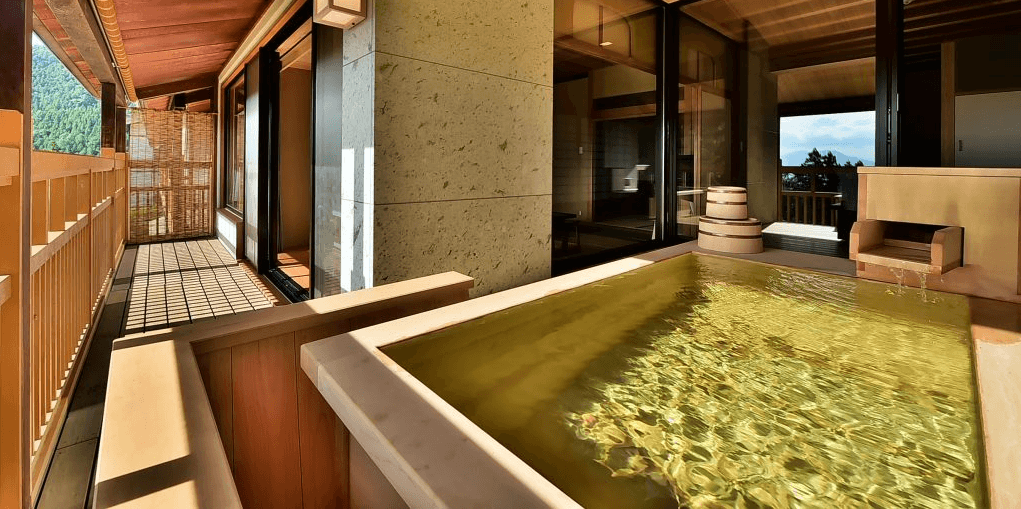

One of the true highlights of skiing and snowboarding in Japan is slipping into an ‘onsen’ (natural hot spring) at the end of a day on the mountain. When it comes to onsen, some resorts are better setup, or you might say, more blessed than others. Many if not most resorts in Nagano will have at least one onsen nearby, so if you have your eye on a particular resort, just search for hot springs in the area. This goes for the resorts of Hakuba. There’s no onsen village as such but there are hot springs dotted about the valley and around most of the resorts. But for skiers and snowboarders looking the Nagano resorts with the best hot springs, these are our recommendations:
NOZAWA ONSEN
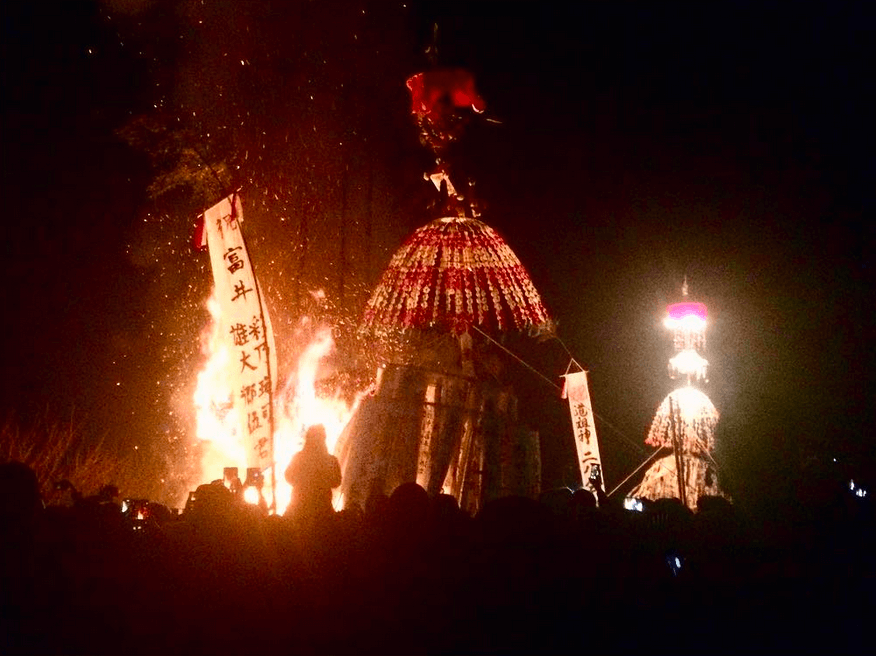
When it comes to ski resorts in Japan with the best onsen setup, then there’s no looking past Nozawa Onsen Snow Resort. Long before Nozawa developed its ski fields, it was one of the region’s most renowned hot spring towns with a history stretching back more than one thousand years. The town and surrounding area are blessed with numerous sources of thermal water, that feed the many bathhouses and guesthouses dotted through the village. In total, there are thirteen public onsen that can be used by any visitor free of charge along with many hotels and guesthouses with their own baths, for the exclusive use of guests. You’ll also find ‘ashi-yu’ (foot onsen) throughout the town, which can also be used by anyone free of charge. The village is at its most lively on January 15th each year as it hosts one of Japan’s great fire festivals – the Nozawa Onsen Dosojin. Raucous, hectic and great fun, the festival attracts thousands of visitors with accommodation in the village selling-out months before.
SHIGA KOGEN
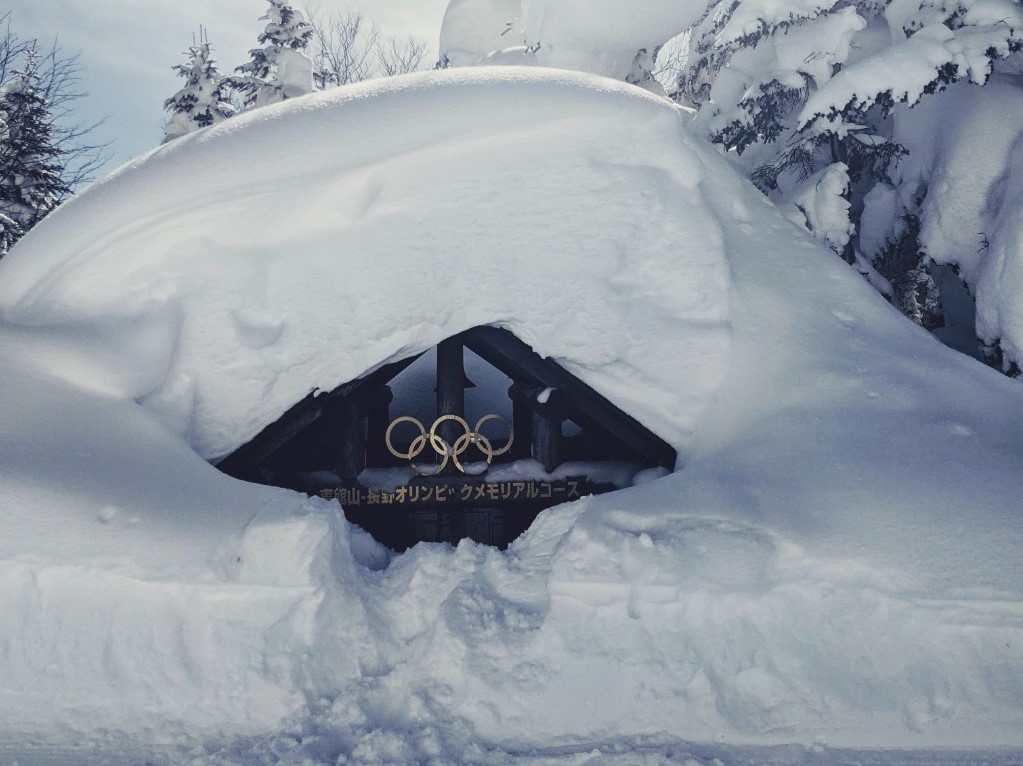
The immense size of Shiga Kogen means that the resort doesn’t have a single central village. Accommodation is dotted across its ski fields with the greatest concentration found in the Ichinose area. Among those, several hotels and areas are also blessed with hot springs. Skiers and snowboarders looking for a large resort with multiple onsen should consider Shiga Kogen, which outside of weekends and holidays is likely to be quiet – certainly much quieter than Nozawa.
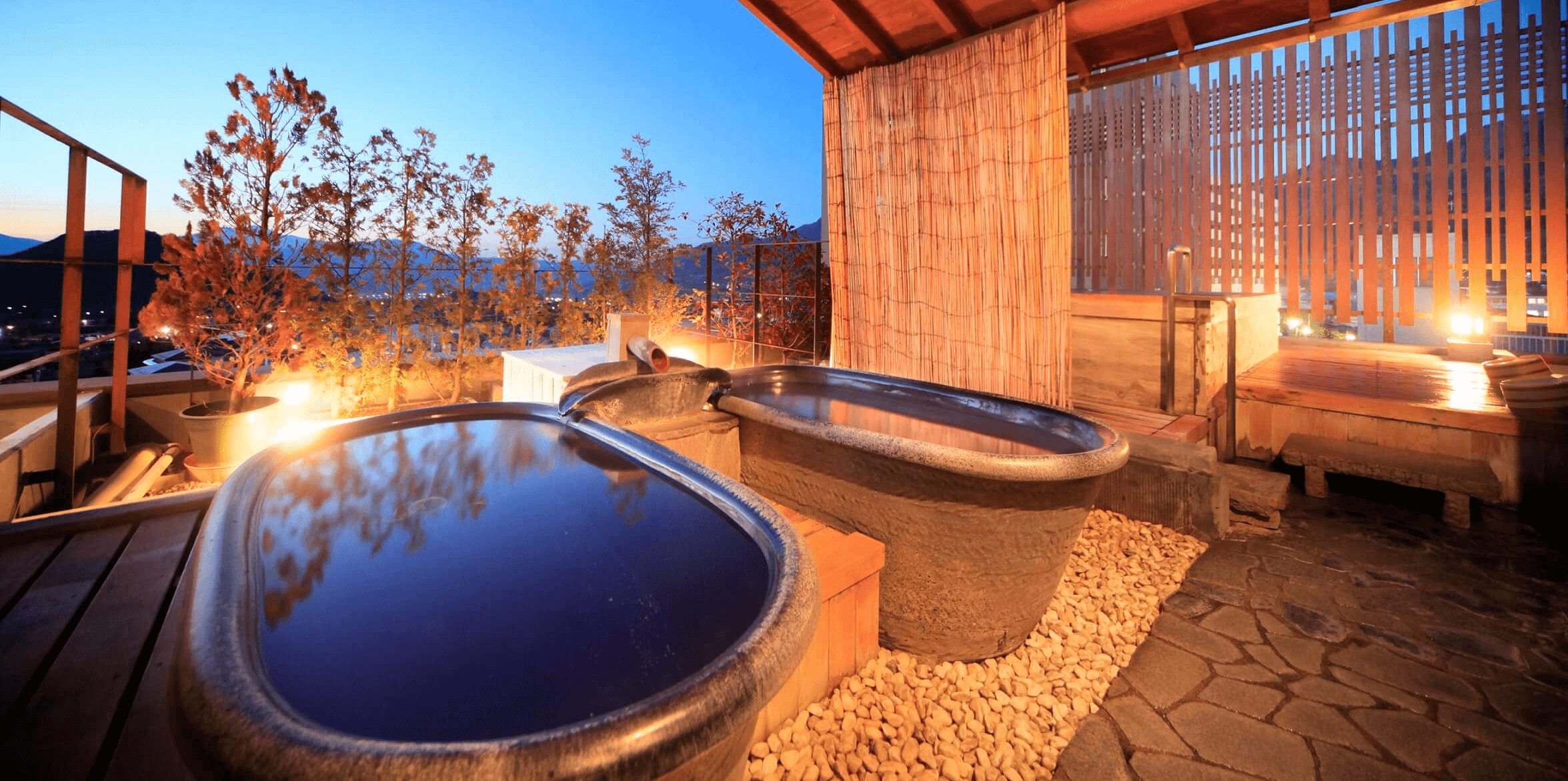
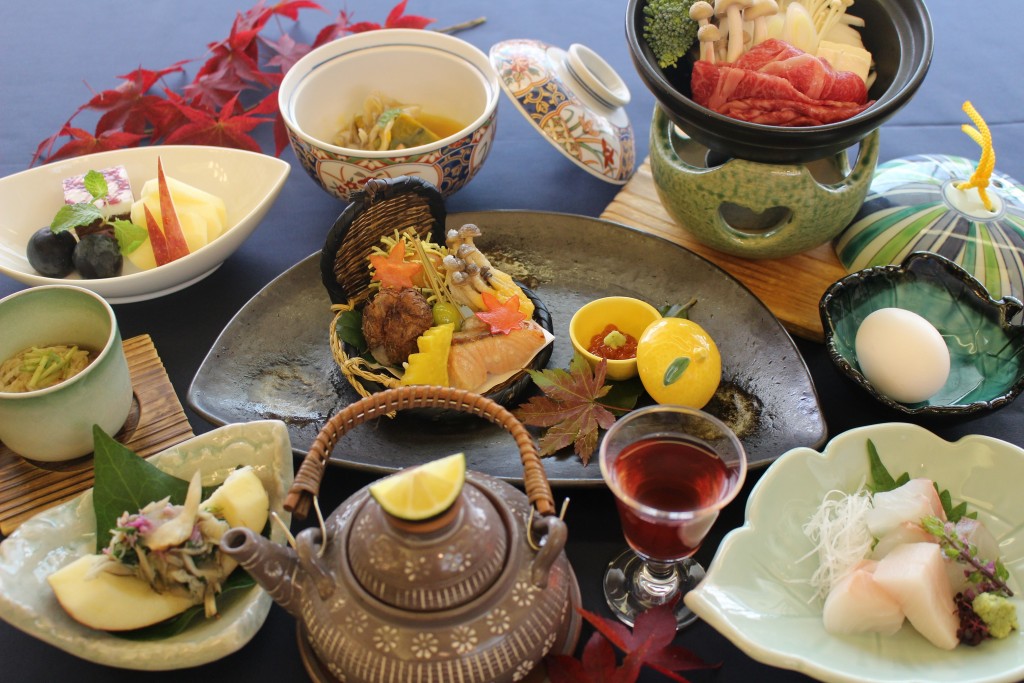
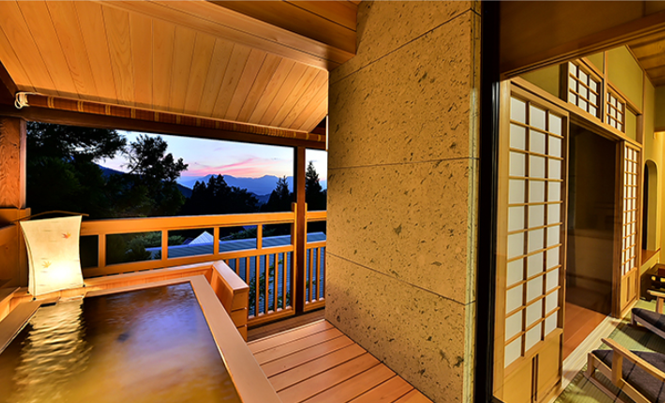
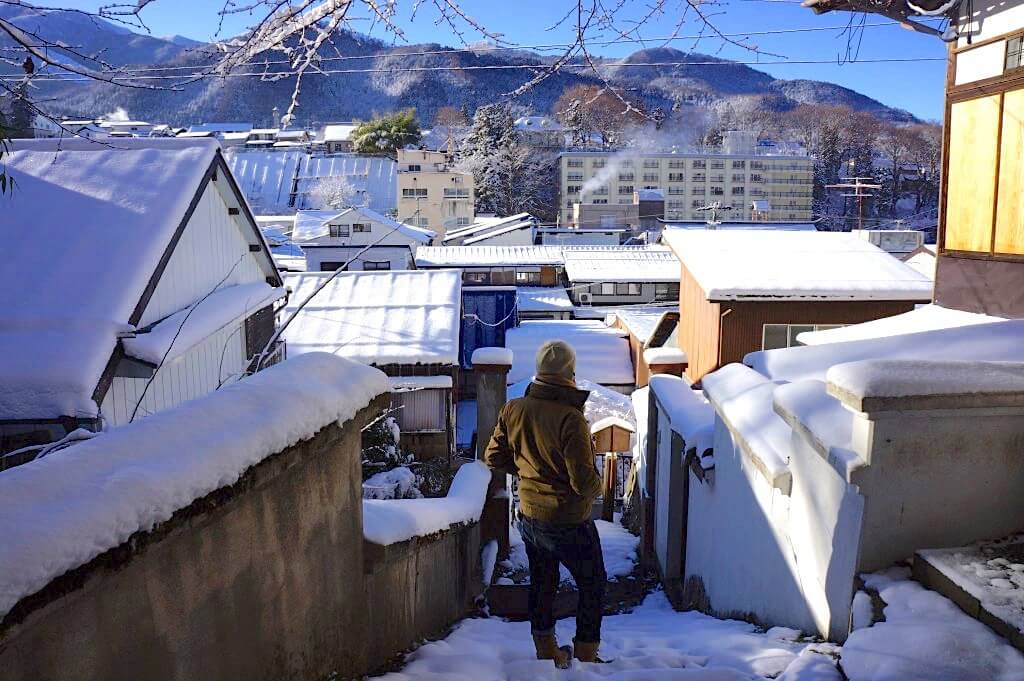
While Shiga Kogen has multiple hot springs, there is no onsen village as such. However for guests wanting to stay in a traditional hot spring village while hitting-up Shiga’s expansive ski fields, nearby Kanbayashi Onsen, Shibu Onsen and Yudanaka Onsen are within 30-minutes drive of the resort’s lower ski fields. Kanbyashi Onsen is home to the Jigokudani Monkey Park and some excellent guesthouses, while Shibu Onsen and Yudanaka Onsen have long histories as onsen towns, with Shibu in particular being particularly charismatic. There are numerous onsen guesthouses spread through the two towns, with Shibu Onsen also boasting nine public onsen that can be used by any guest staying at a local hotel or guesthouse.
SUGADAIRA KOGEN
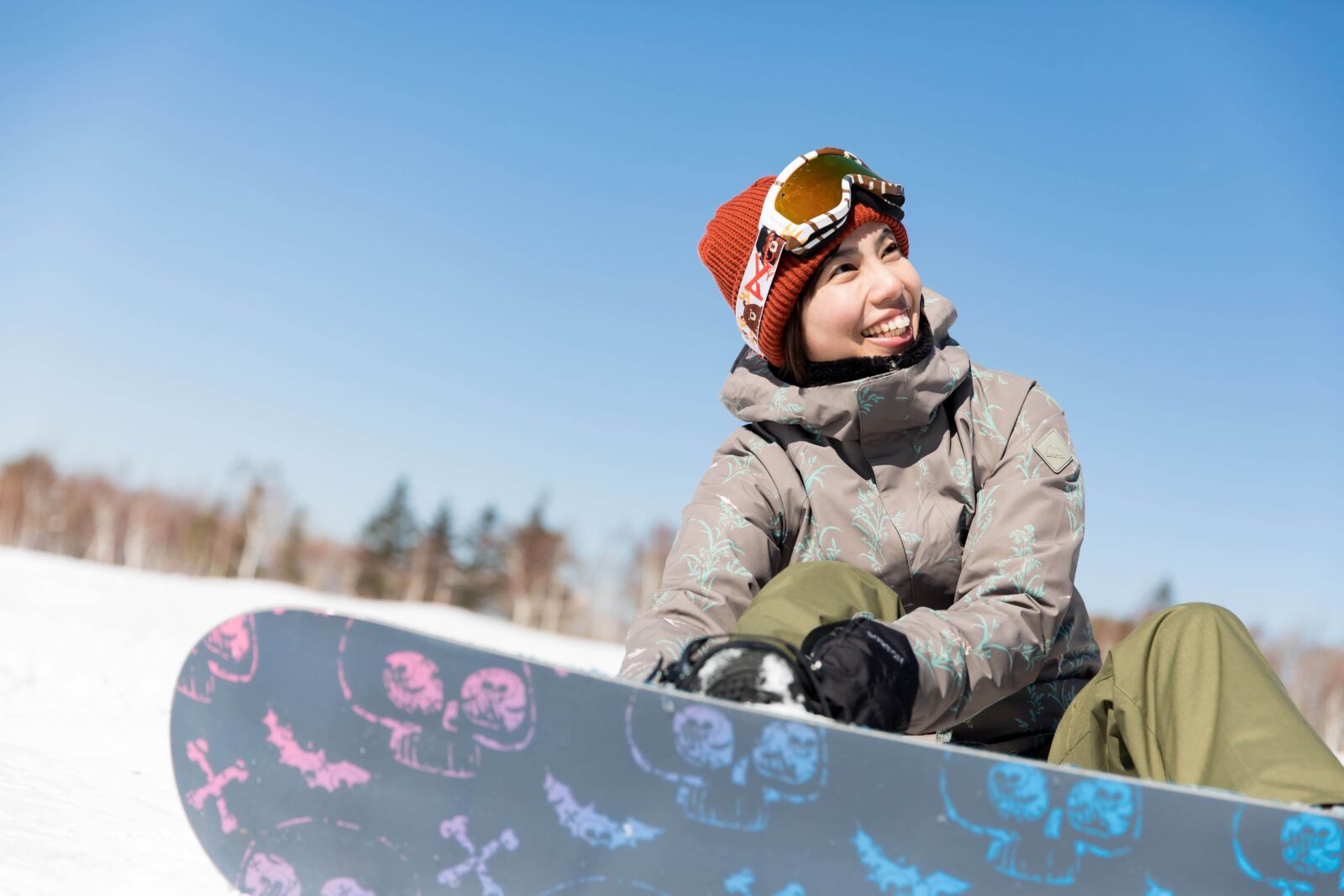
Located around 60 minutes drive from Ueda Station – a stop on the Hokuriku Shinkansen line running from Tokyo to Kanazawa via Nagano – Sugadaira Kogen Snow Resort is one of the region’s largest resorts but one that remains relatively unknown to international visitors. Divided into three areas – Taro, Davos and Pine Beak – Sugadaira is a relatively large but flat resort that attracts mostly locals and people from Tokyo, who come to enjoy its open space, outstanding alpine views and hot springs. The resort boasts plenty of accommodation options across its three areas, of which, many have their own in-house hot springs. While the resort isn’t has notable limitations that make it of most interest to newbies and lower-intermediates, the added attractions of reliable snow and a good amount of hot springs means that it has enough appeal that it should be on this list.
AKAKURA ONSEN / AKAKURA KANKO*
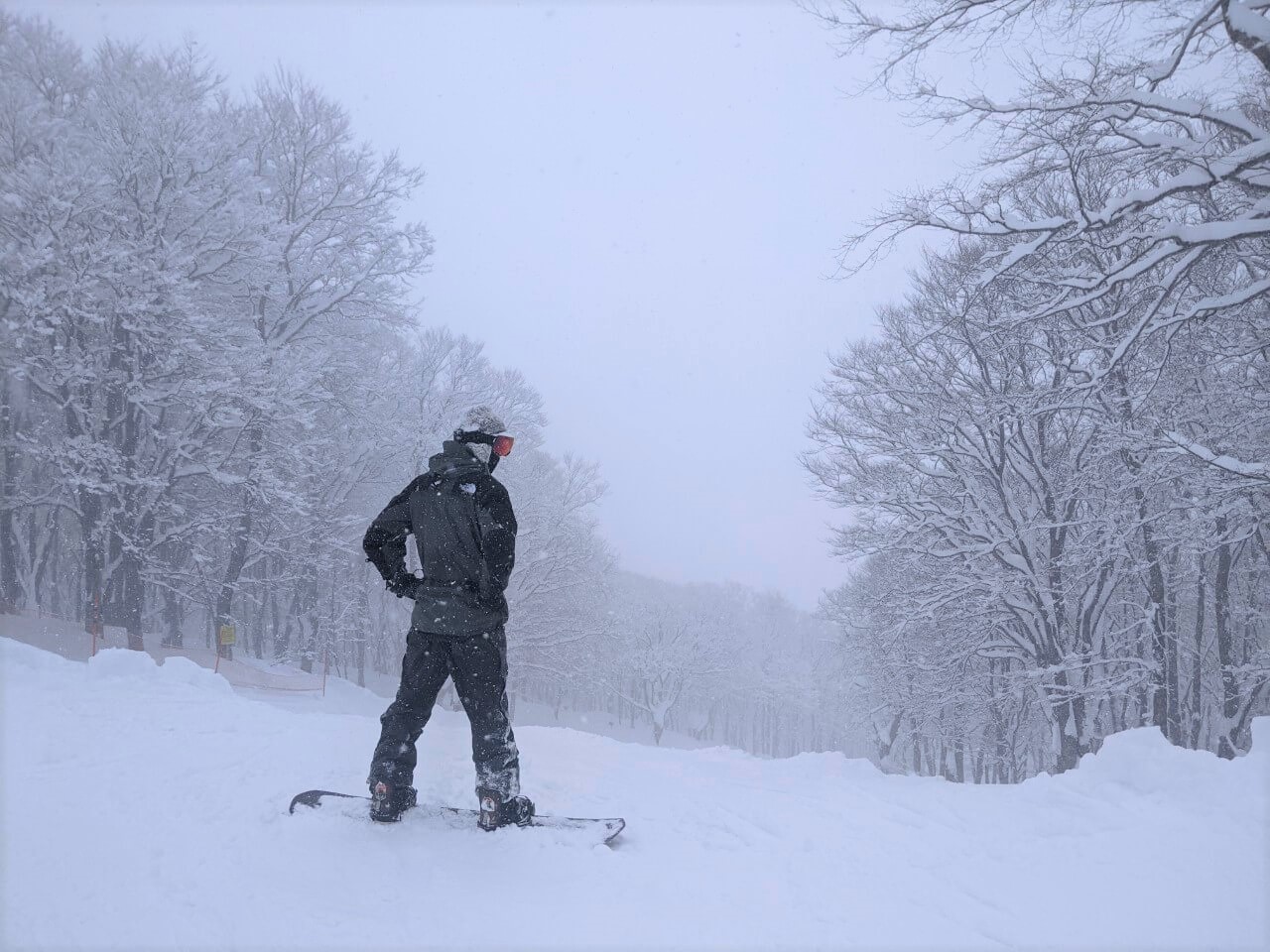
The hot spring village of Akakura Onsen services the connected resorts of Akakura Onsen Ski Area and Akakura Kanko Ski Resort and offers the largest concentration of accommodation, dining and onsen in Myoko Kogen. Many guesthouses in the area have in-house onsen with other public onsen also dotted around the resorts of Myoko. The village itself is showing its age and doesn’t offer the lively atmosphere or range of options that you’ll find in Nozawa however if your interest is finding some awesome powder and then indulging in a hot spring at night, then Akakura Onsen might just be for you.
*as already noted, the resorts of Myoko Kogen are not actually in Nagano. They in fact in Niigata. However given their close proximity to Nozawa and other resorts in Nagano, and their distance from the other major resorts of Niigata, when planning your winter visit to Japan its best to group them with the resorts of Nagano – especially when traveling by train which will bring you to Nagano Station enroute to Myoko.
MORE FAQs: WHICH RESORT IS BEST FOR YOU?
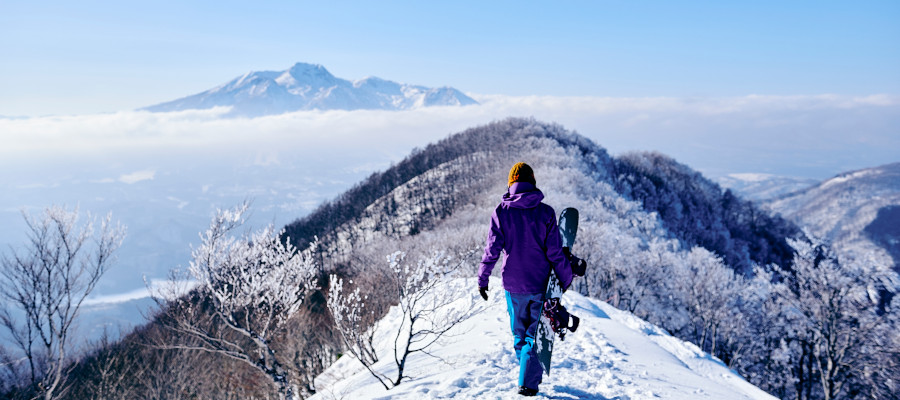
Got another question about skiing and snowboarding in Japan? Whether you’re a first-time visitor or a seasoned veteran of Japan looking for a change of scene, there’s a good chance that if you’re asking a question about skiing and snowboarding here, so too is someone else! Here are some of the most common questions when it comes to skiing and snowboarding in Japan – and of course the answers too.
SKI PACKAGES & ACCOMMODATION
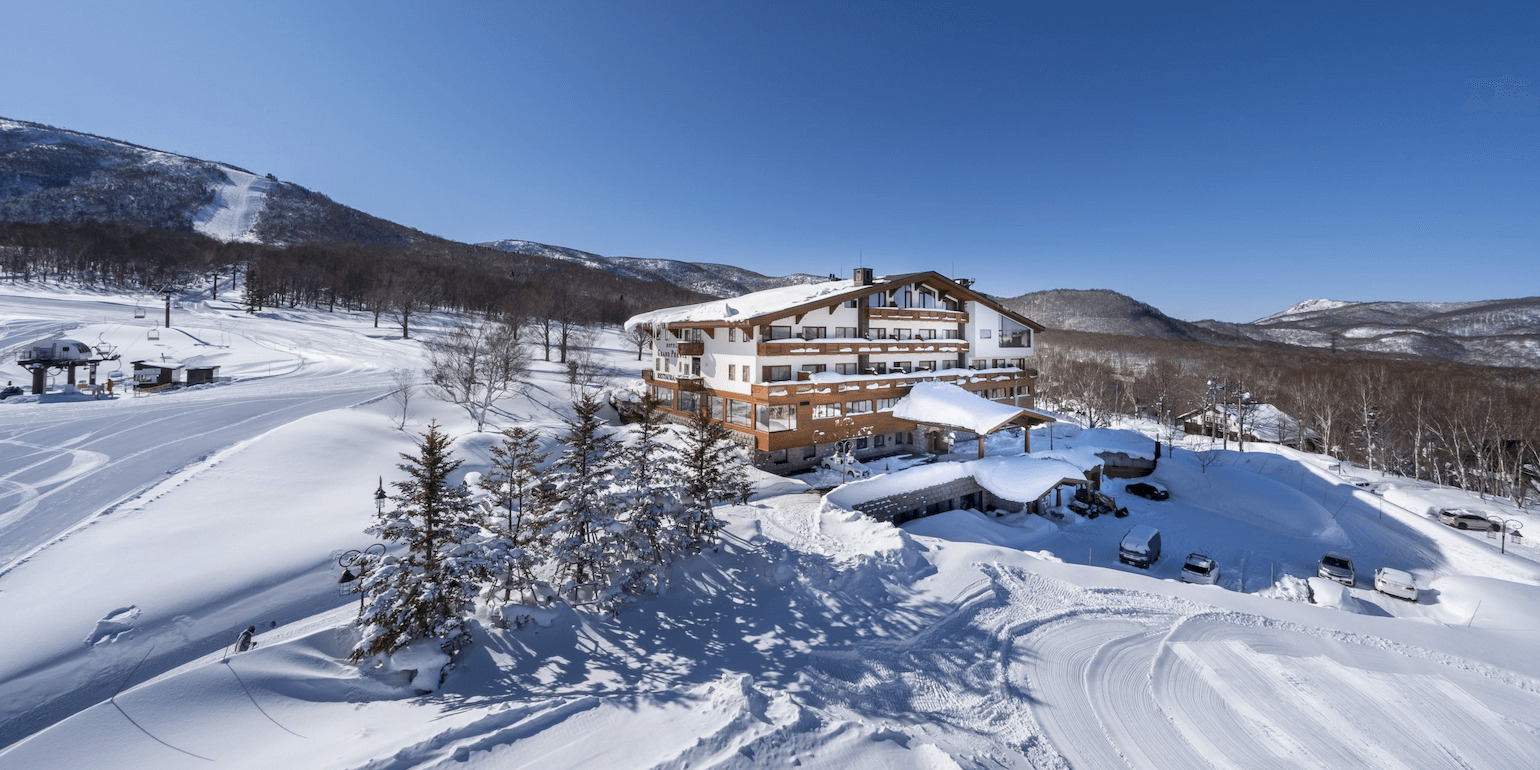

Having trouble deciding which resort to stay at? Consider signing up for our all-inclusive, customizable 1-day Ski Tour Package. This convenient package includes round-trip transport from Nagano Station to a Nagano ski resort (chosen based on the best snow conditions), rental gear, a full day lift pass, and optional lessons. Without the commitment to stay in the actual ski village, this package is perfect for first-timers who want to experience skiing for the first time, beginners who want to get a little more practice, and experienced skiers who want to include a relaxed ski day in their busy tour schedule. You can find out more about the package and may your reservation by visiting our tour page below.
1 Day Tour
| 1-Day Ski Tour Package from Nagano Station | |
|
| |
| Period | December, January, February, March |
| Time | 07:40 ~ 17:30 |
| Meeting Place | Nagano Station |
| Adult Rate | ¥40,000 / 32,000 |
| Child Rate | ¥28,000 / 22,000 |

Based in Nagano and operating all year round, we are a registered travel agent, tour and charter operator offering a full-suite of winter services including ski/snowboard packages, accommodation, lift passes, private charters and a range of tours including both group and private options. For information about all our winter services, click through to our ‘Ski Packages & Recommended Nagano Resorts’ page.



